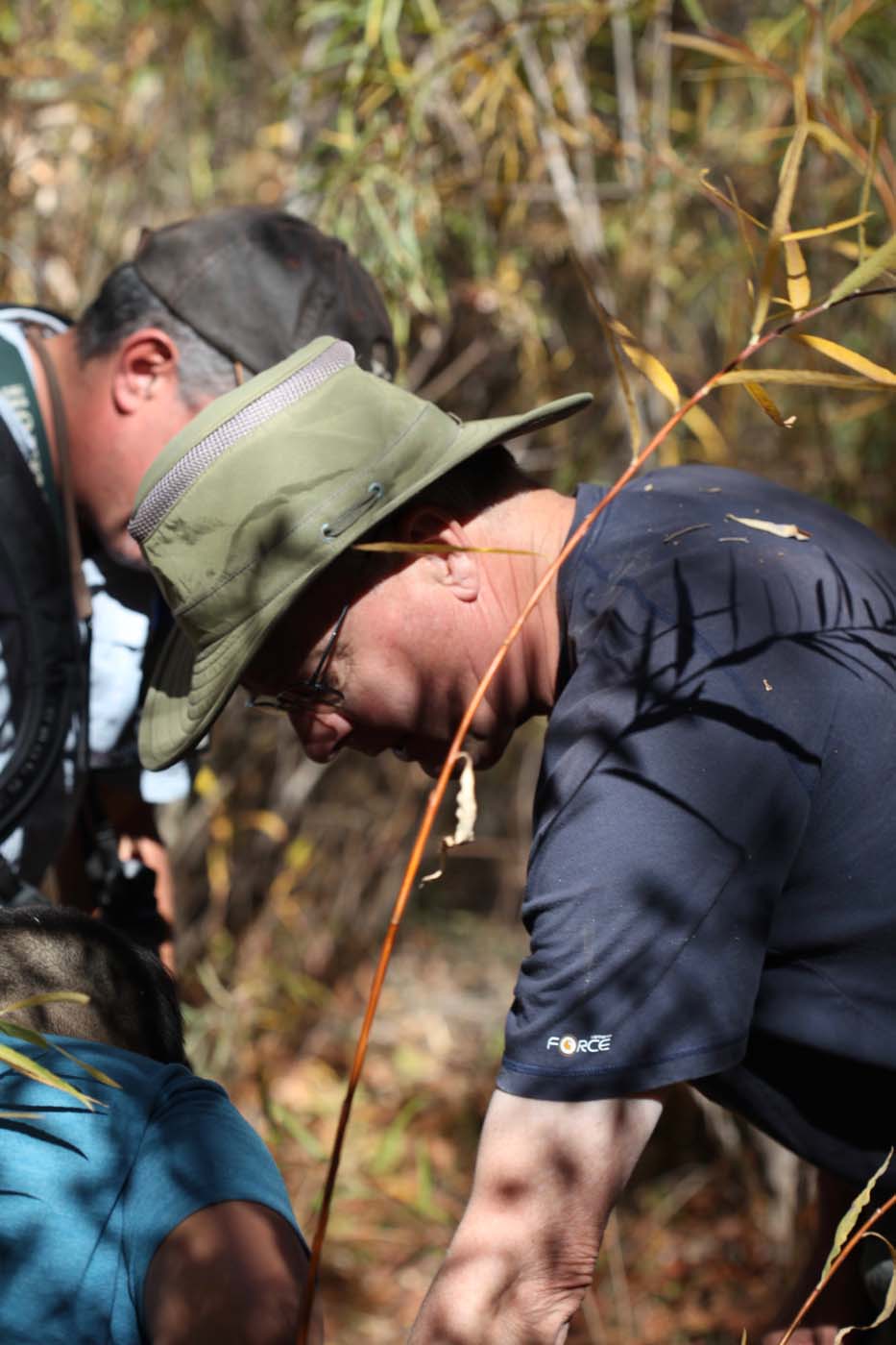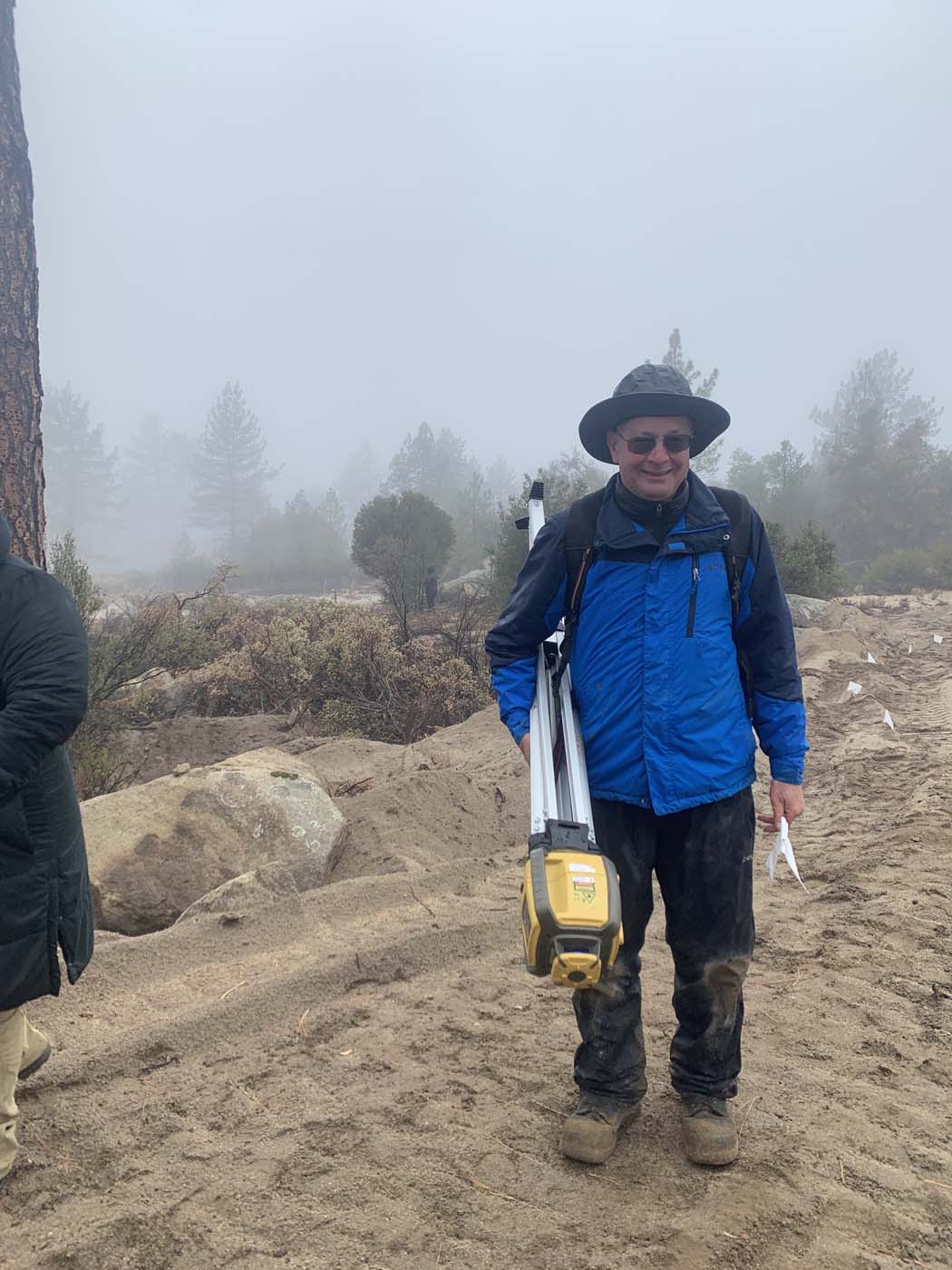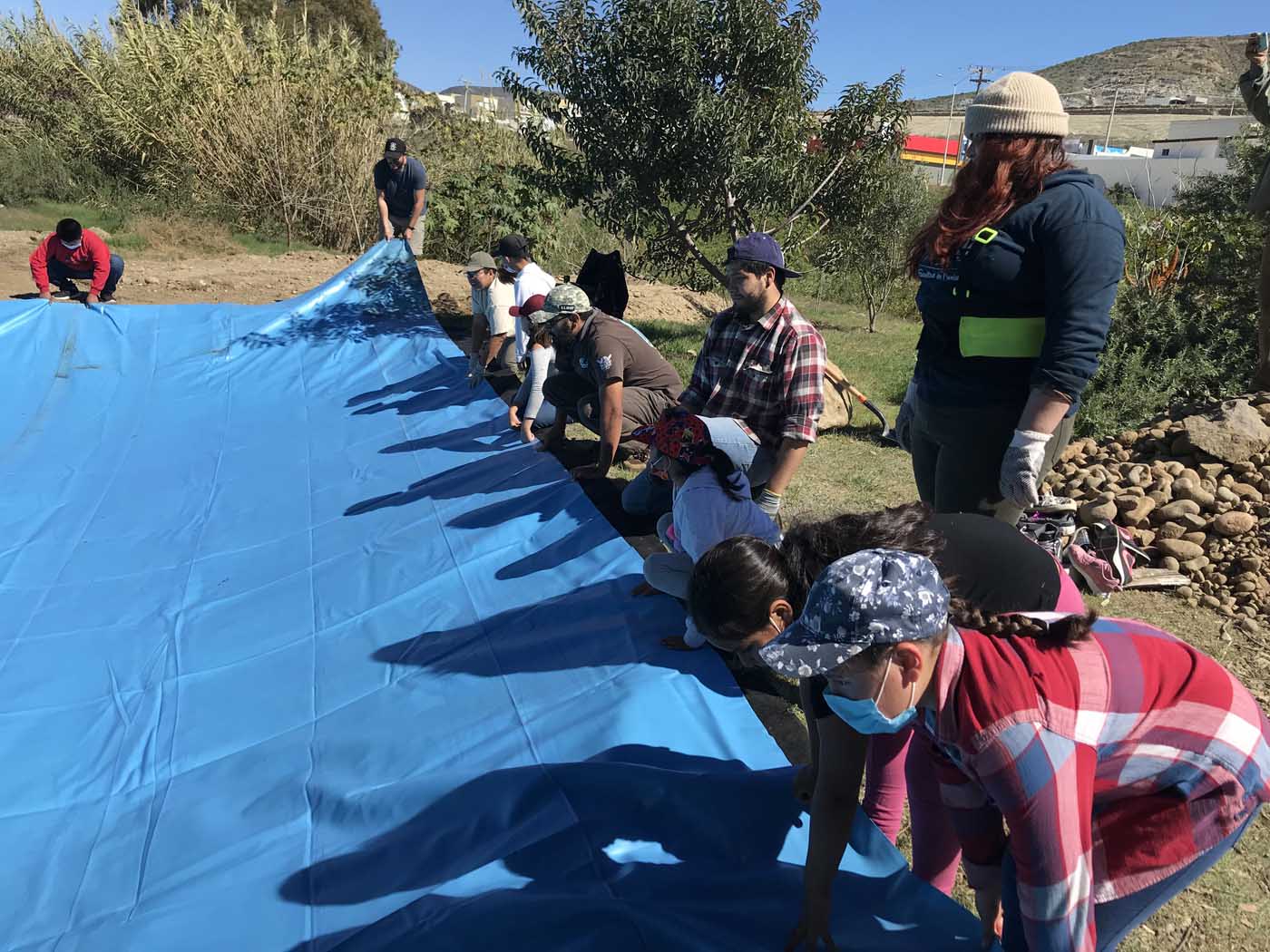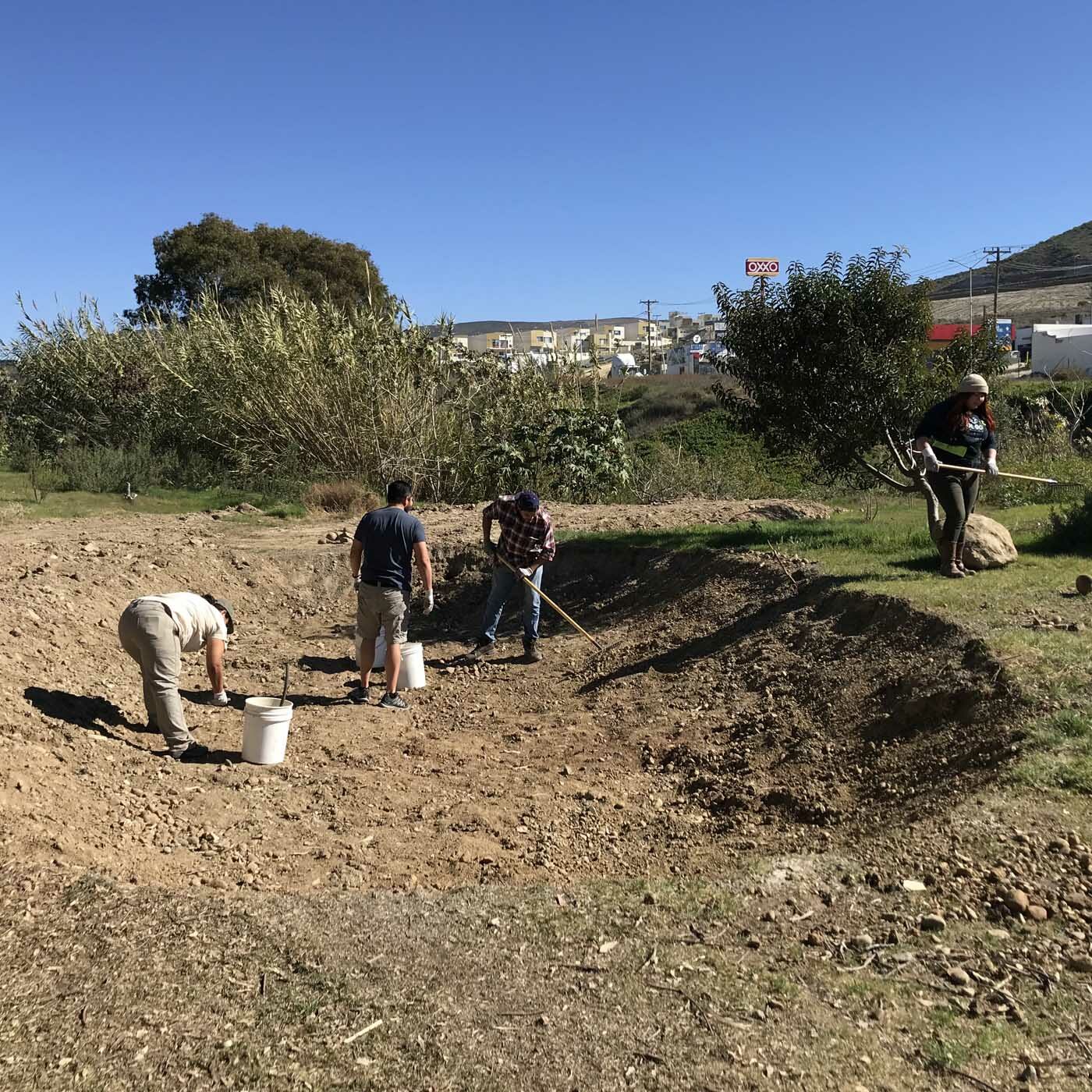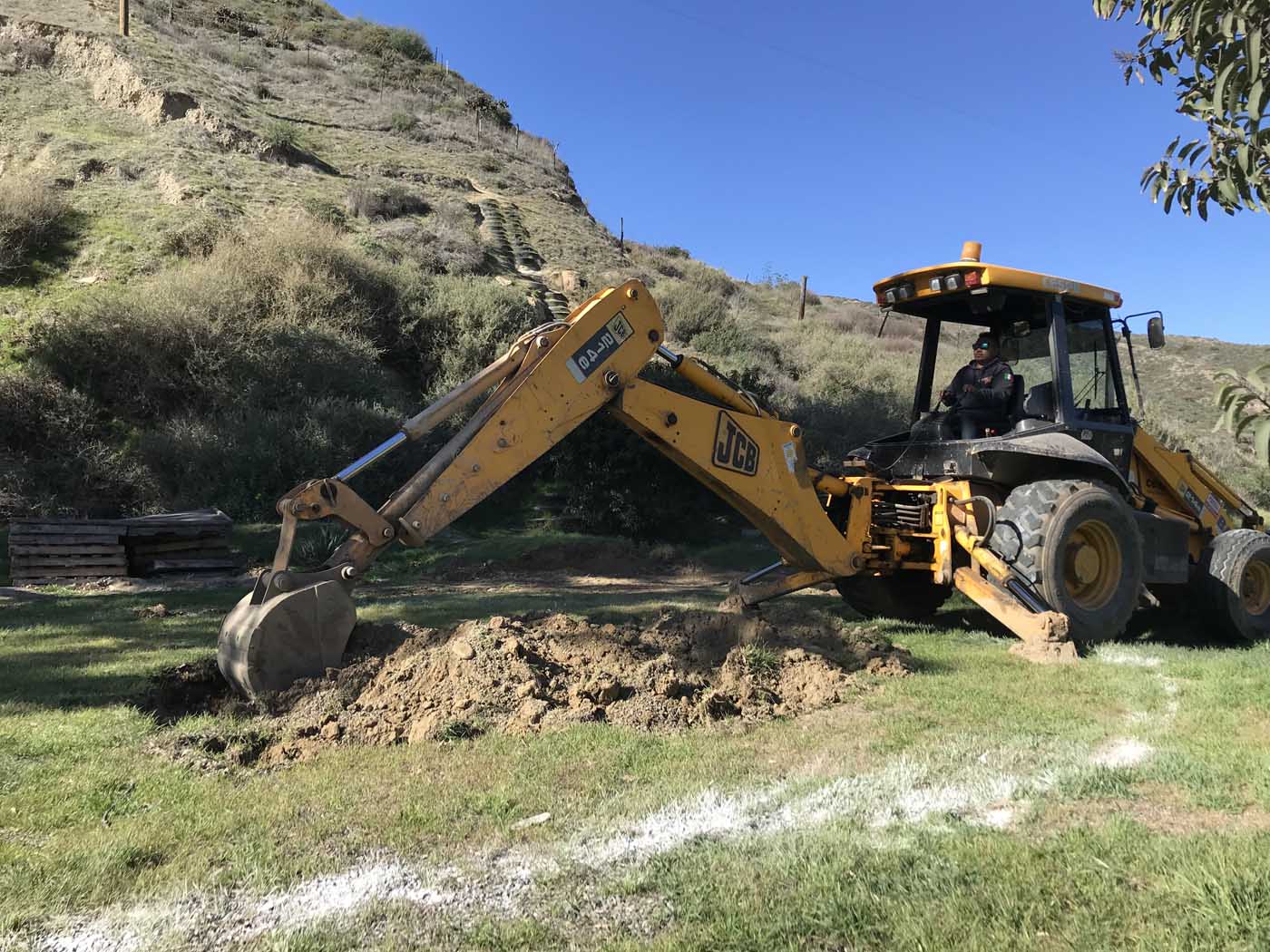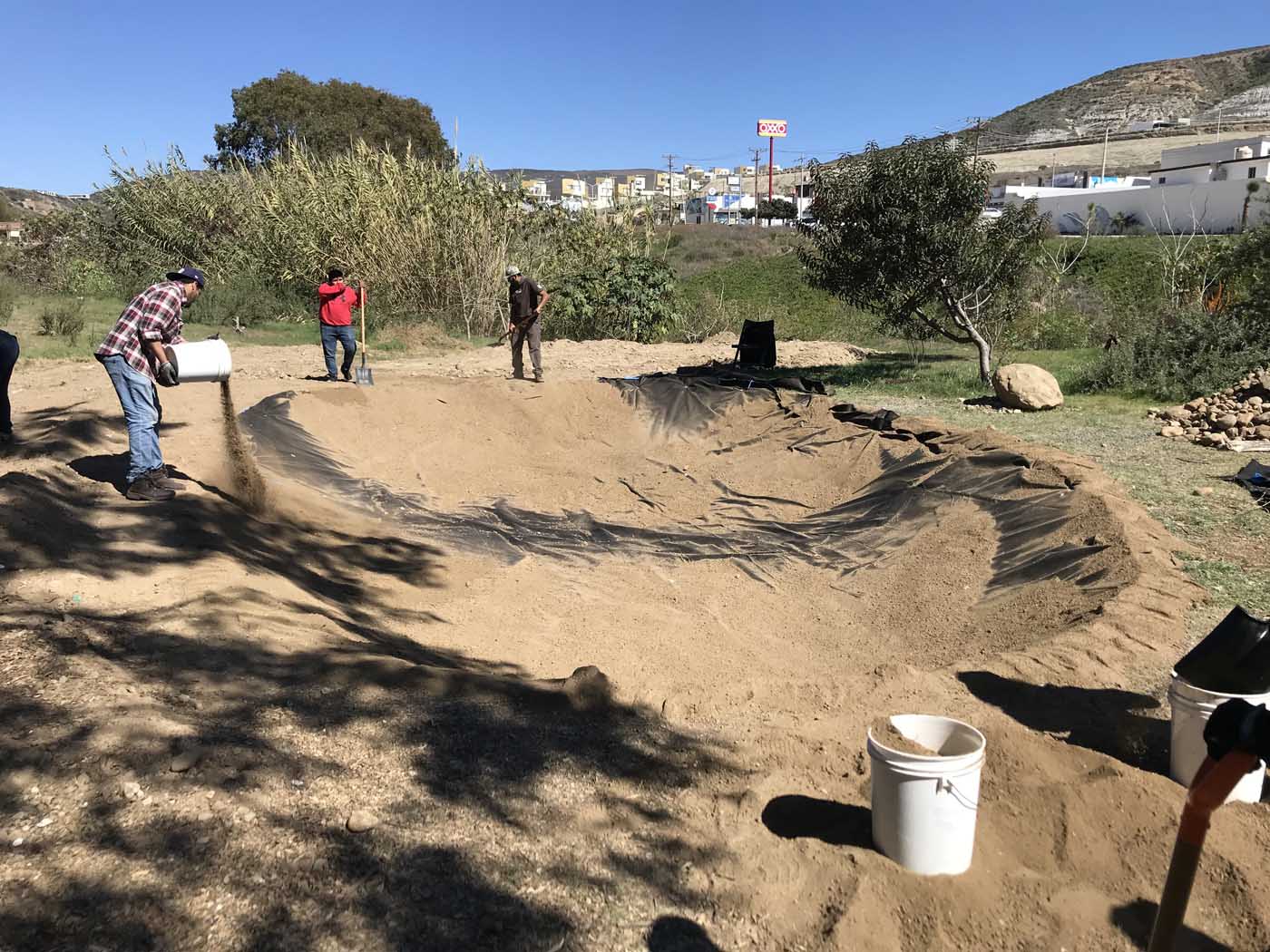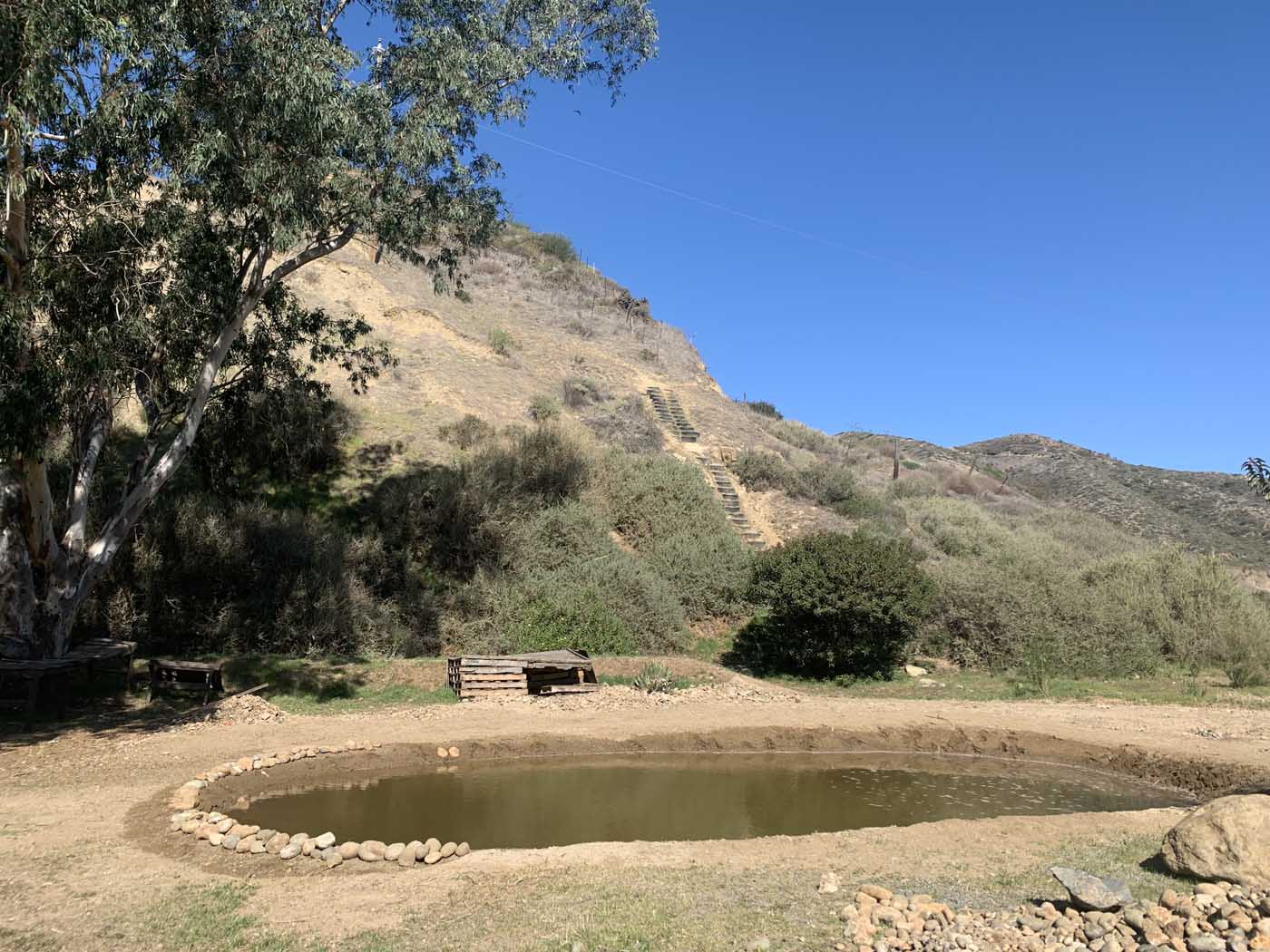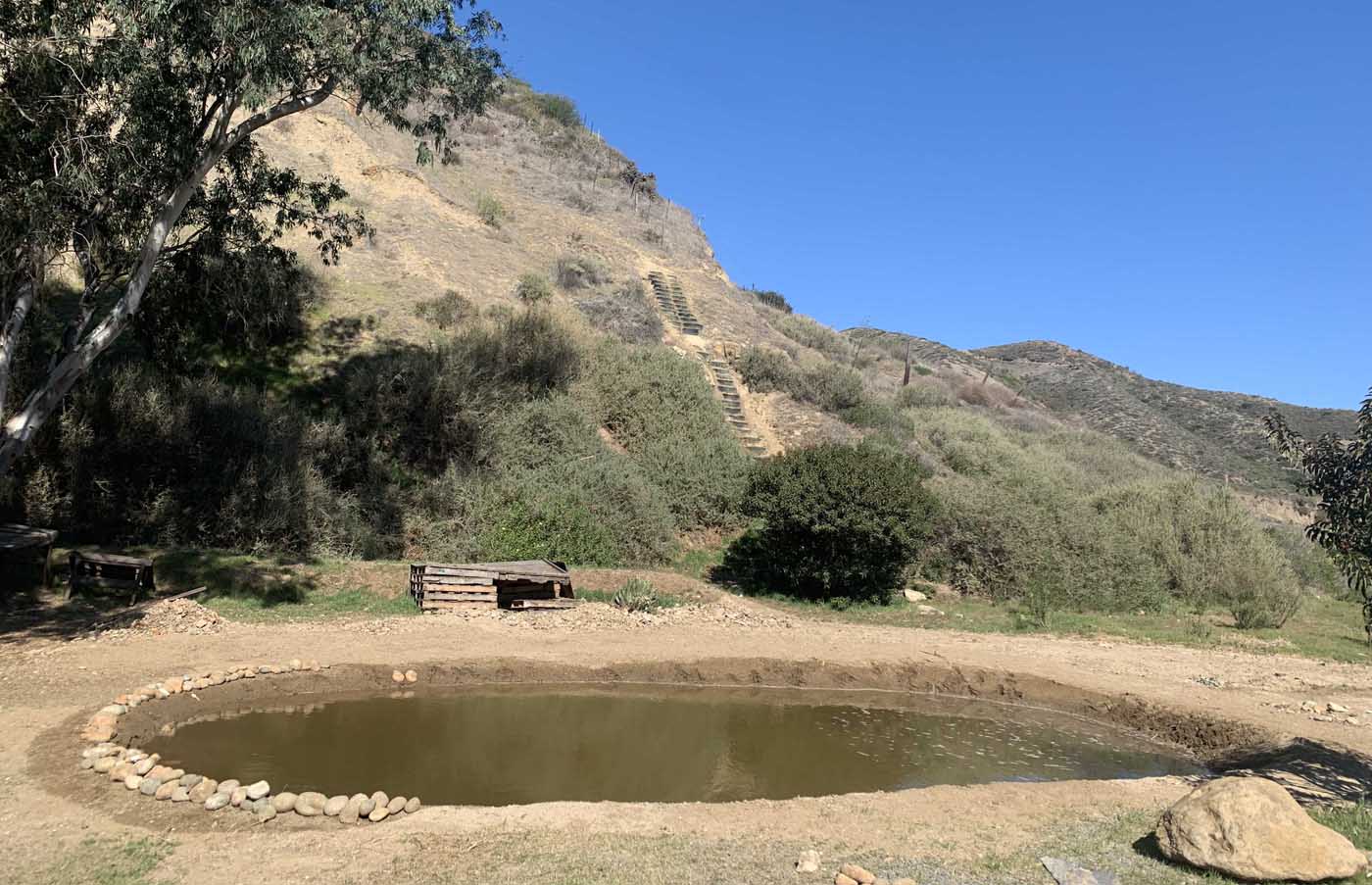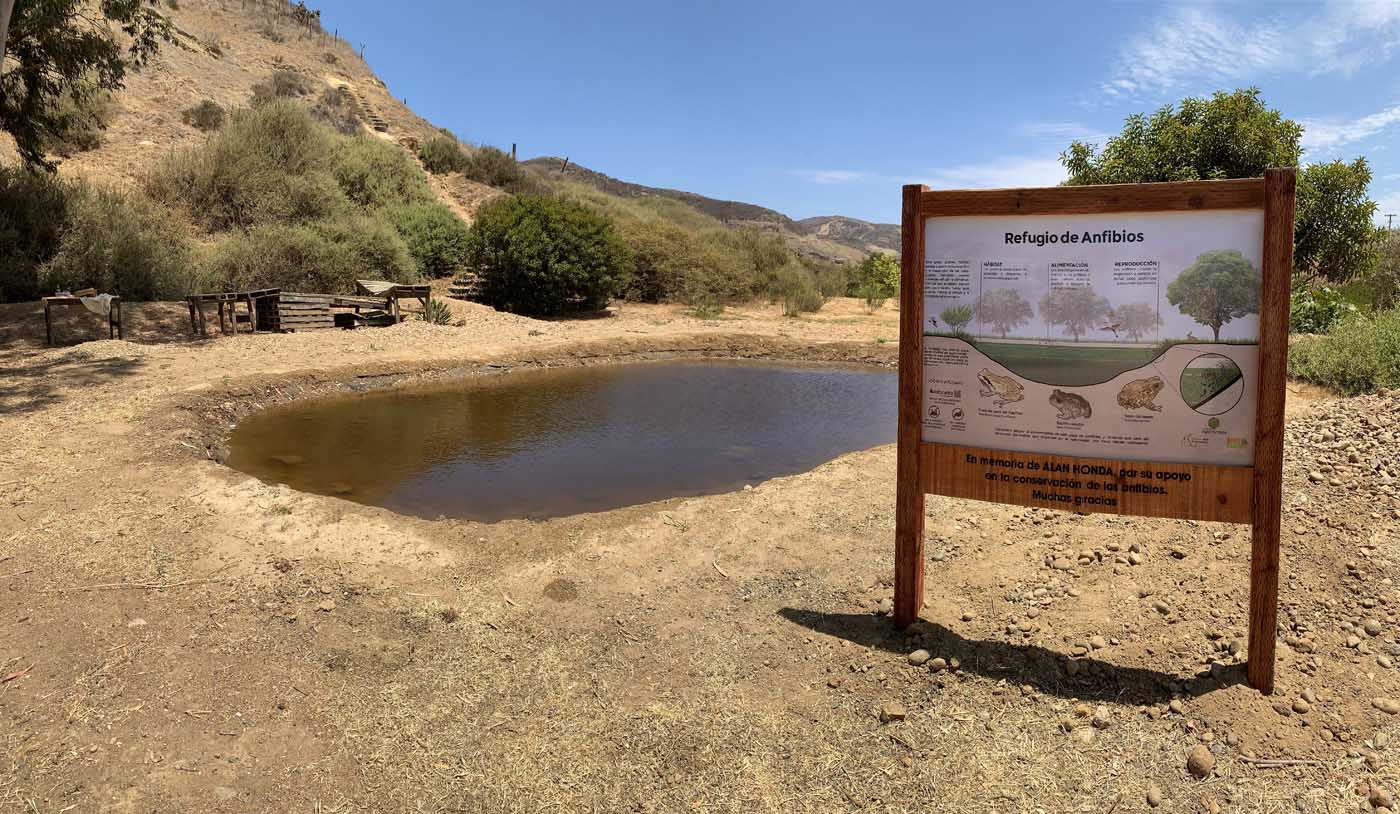Introduction
On this page you will learn about a multi-year effort to create and restore wetlands for threatened California Red-Legged Frogs (Rana draytonii) in Baja California, Mexico. Project partners include SAVE THE FROGS!, Fauna del Noroeste, Bat Conservation International, Wetland Restoration and Training LLC, San Diego Natural History Museum, Sheltowee Environmental Education Coalition and numerous private landowners in northwestern Mexico.
SAVE THE FROGS! has assisted the project by contributing a $1,000 SAVE THE FROGS! Amphibian Conservation Award to Anny Peralta of Fauna del Noroeste; contributing a 792 sq. ft. fish-grade plastic liner that was used to build a wetland at Cuatro Milpas Botanical Garden; and contributing logistical assistance and advice.
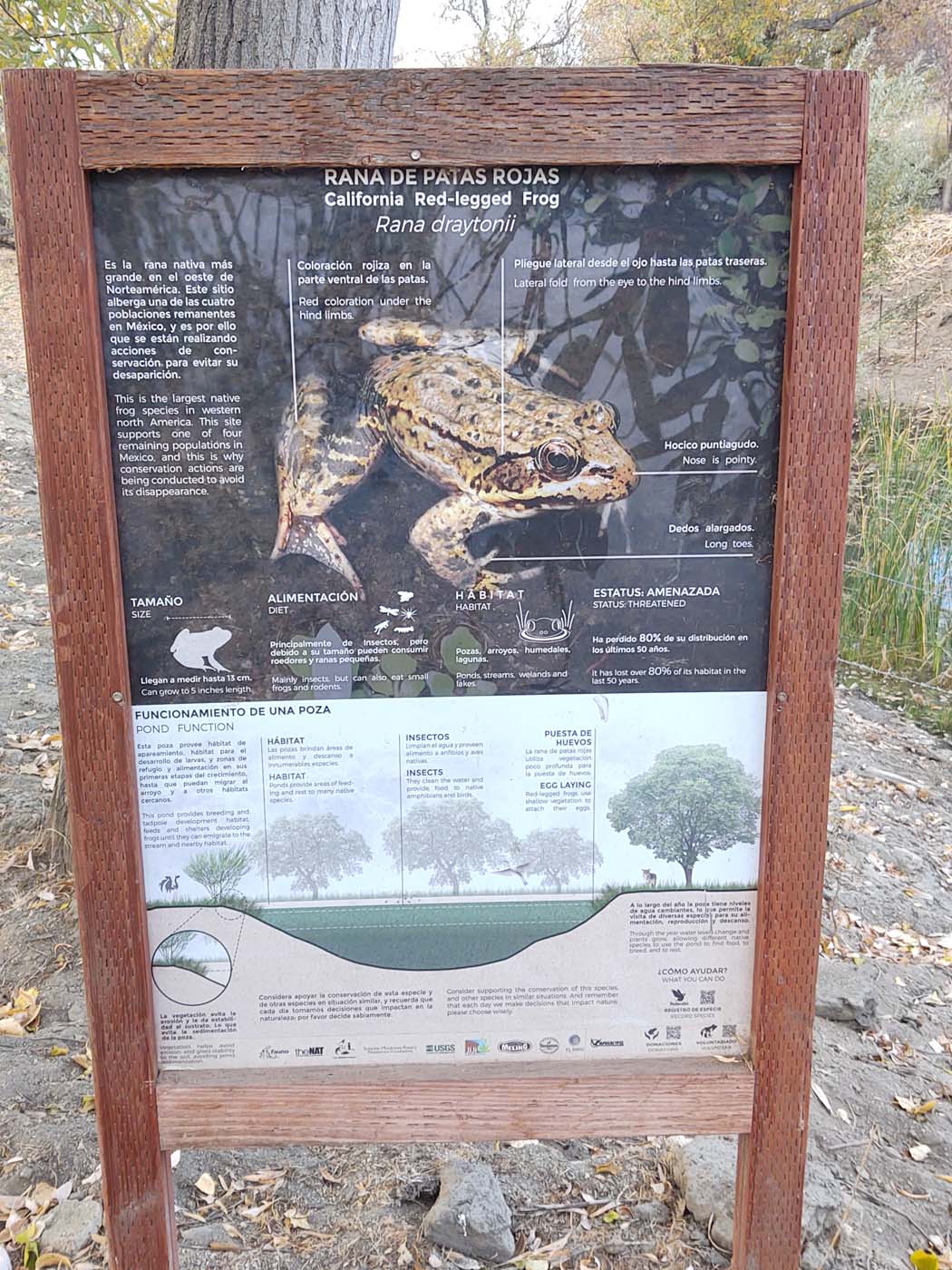
Educational signage in Baja California
Project Summary
SAVE THE FROGS! Grant Recipients Anny Peralta and Jorge H. Valdez from Fauna del Noroeste, along with Daniel Taylor of Bat Conservation International and wetland construction expert Tom Biebighauser, worked together to locate and design 11 prospective wetland sites in Baja California to serve as future habitat for California Red-Legged Frogs (Rana draytonii).
The team had already demonstrated how effective constructing wetlands like these can be at recovering sensitive populations of California Red-Legged Frogs — the frog population at their pilot site has tripled, and the constructed wetland serves as a home for other native species as well.
The first step in the wetland design process is to identify appropriate sites for construction. This is done by searching the land for evidence of historic wetlands and other signs that a constructed wetland could function naturally in the location, needing little to no intervention after construction.
Between December 5th and 9th, 2021 the team identified 11 such sites in six locations (Cuatro Milpas Botanic Garden, Ensenada; Rancho El Molino & Rancho El Potrero, Sierra San Pedro Mártir; Rancho Agua Caliente, Arroyo San Vicente; Rancho Bonanza, Sierra Juárez; and Rancho Esperanza).
The team completed a Wetland Design Form for each site that describes in detail the exact dimensions and location of the future wetland; what types of equipment will be needed for construction; and where any removed soil will be placed. Subsequent steps include gaining landowner approval, securing funding and then the fun part…restoring or creating the wetlands!
This project was funded in part by a $1,000 grant from SAVE THE FROGS!.
Both Anny and Jorge had attended a SAVE THE FROGS! Wetland Construction Workshop in Santa Cruz County in 2014.
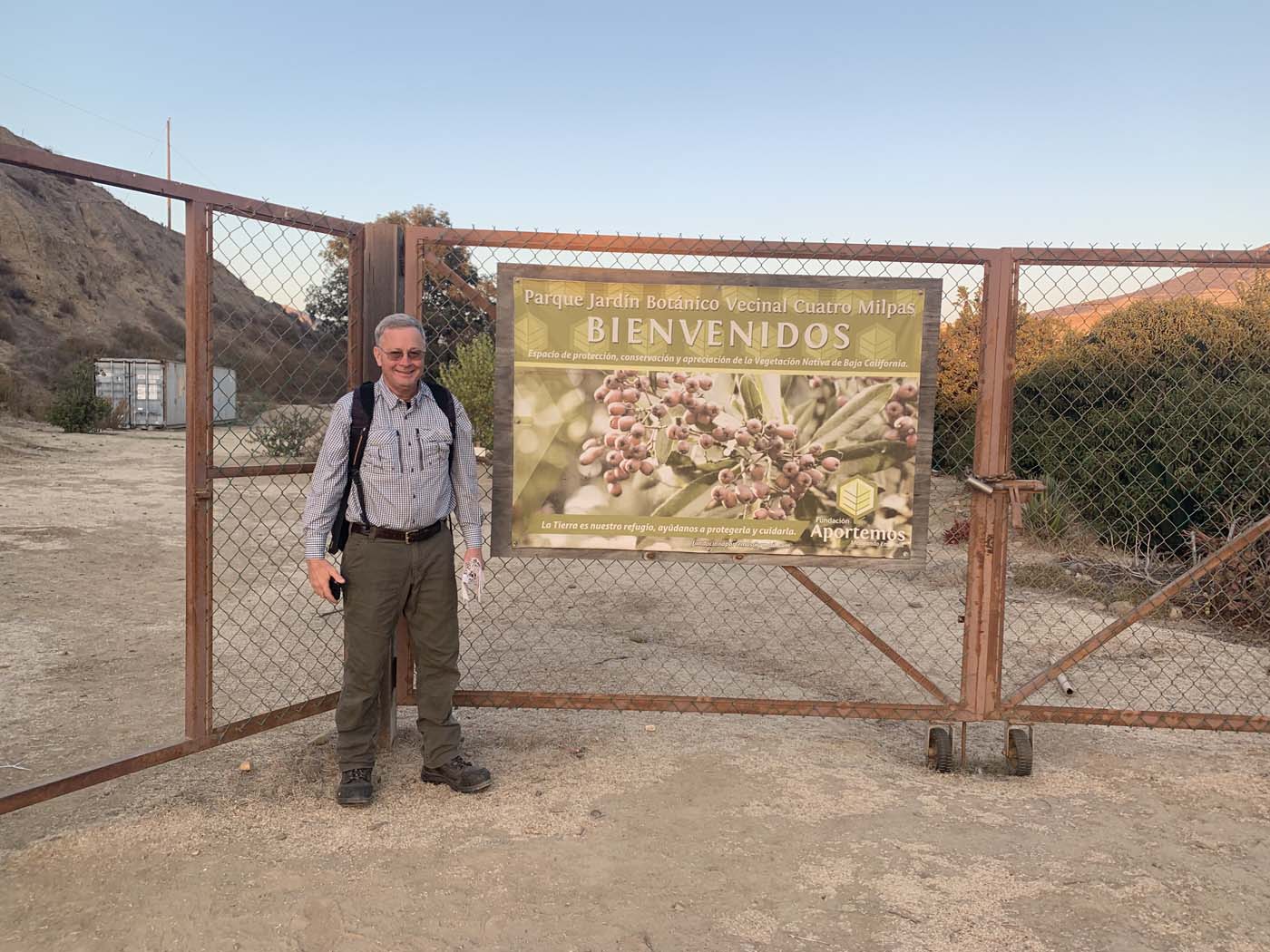
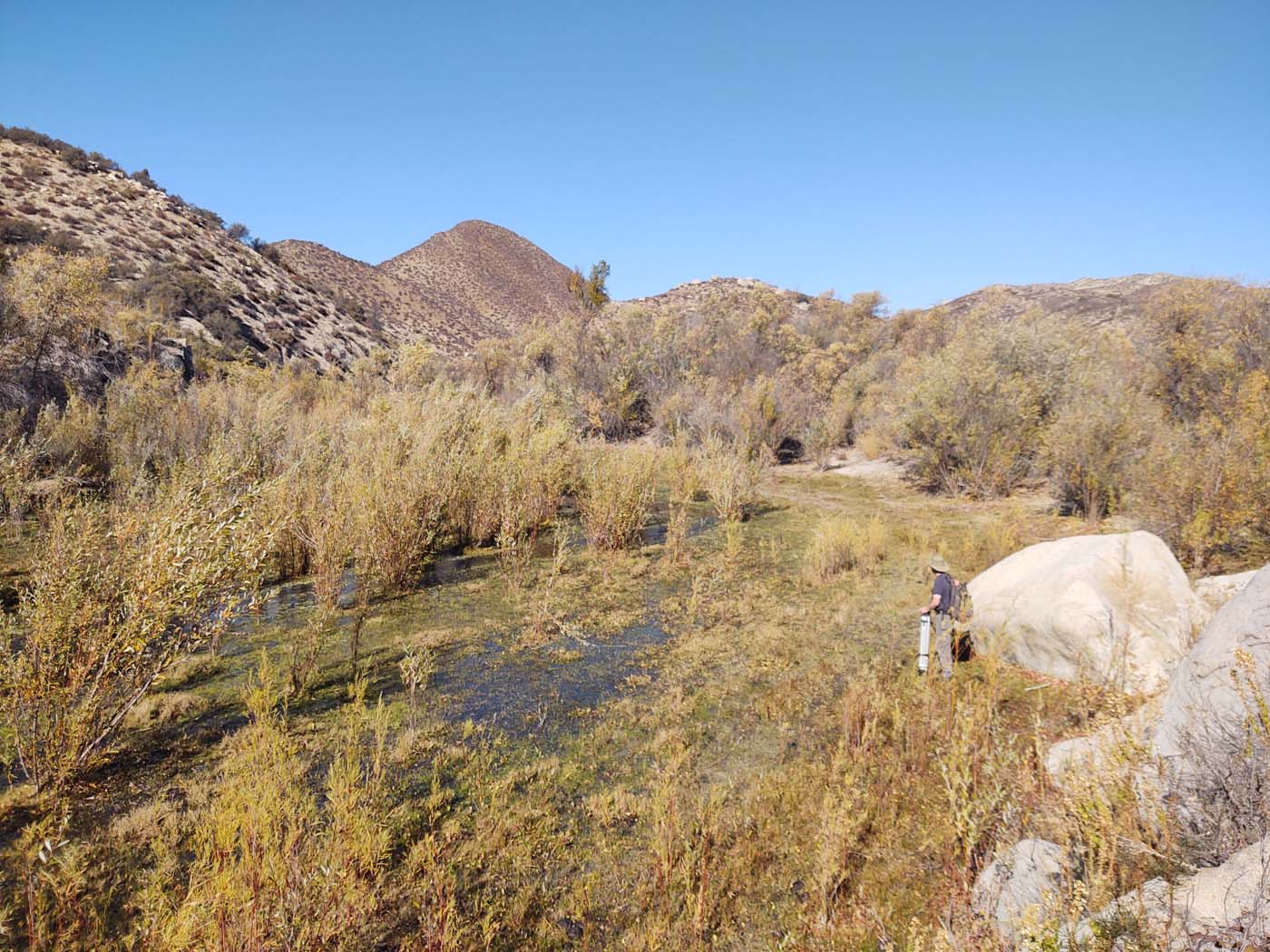
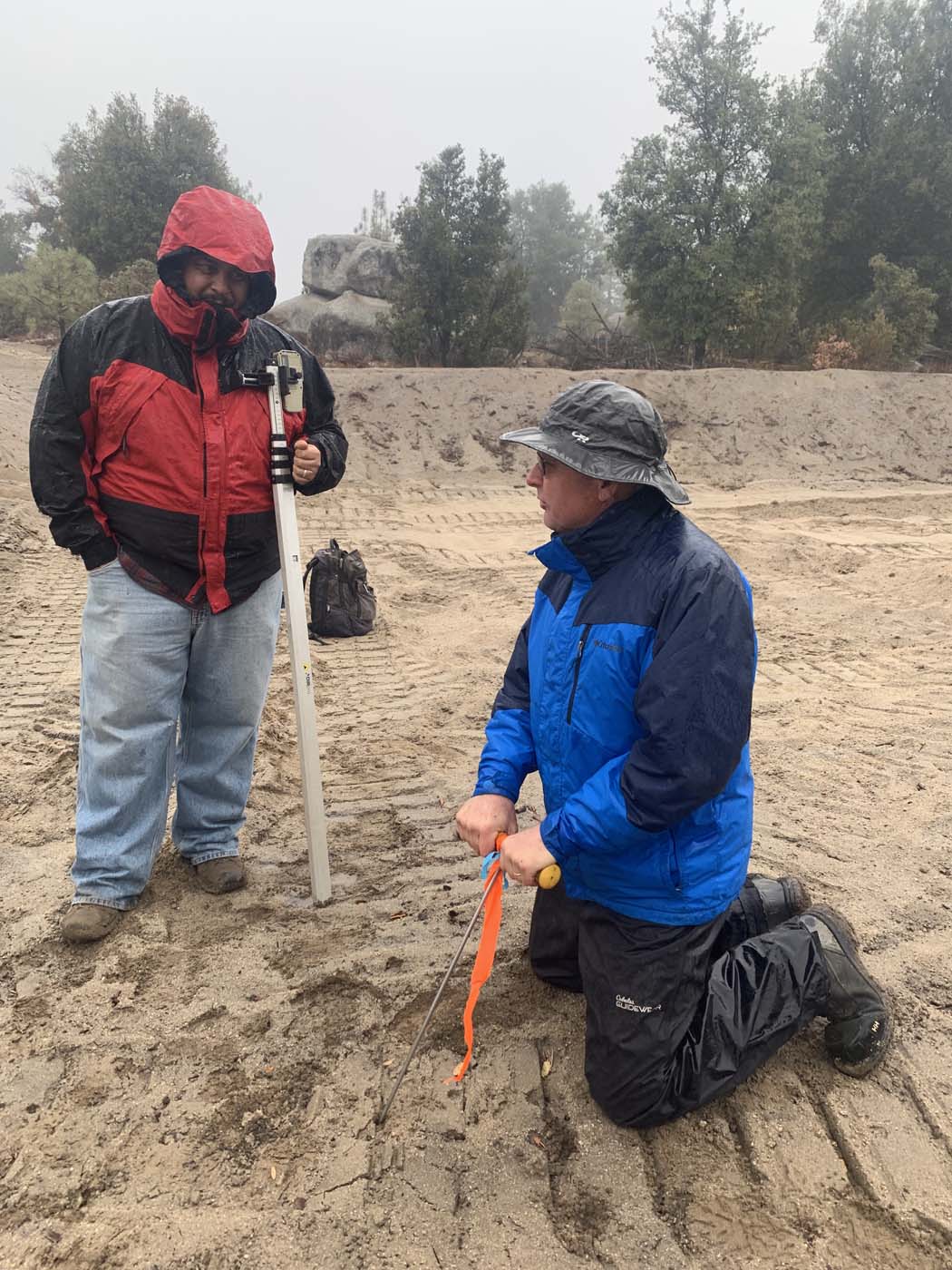
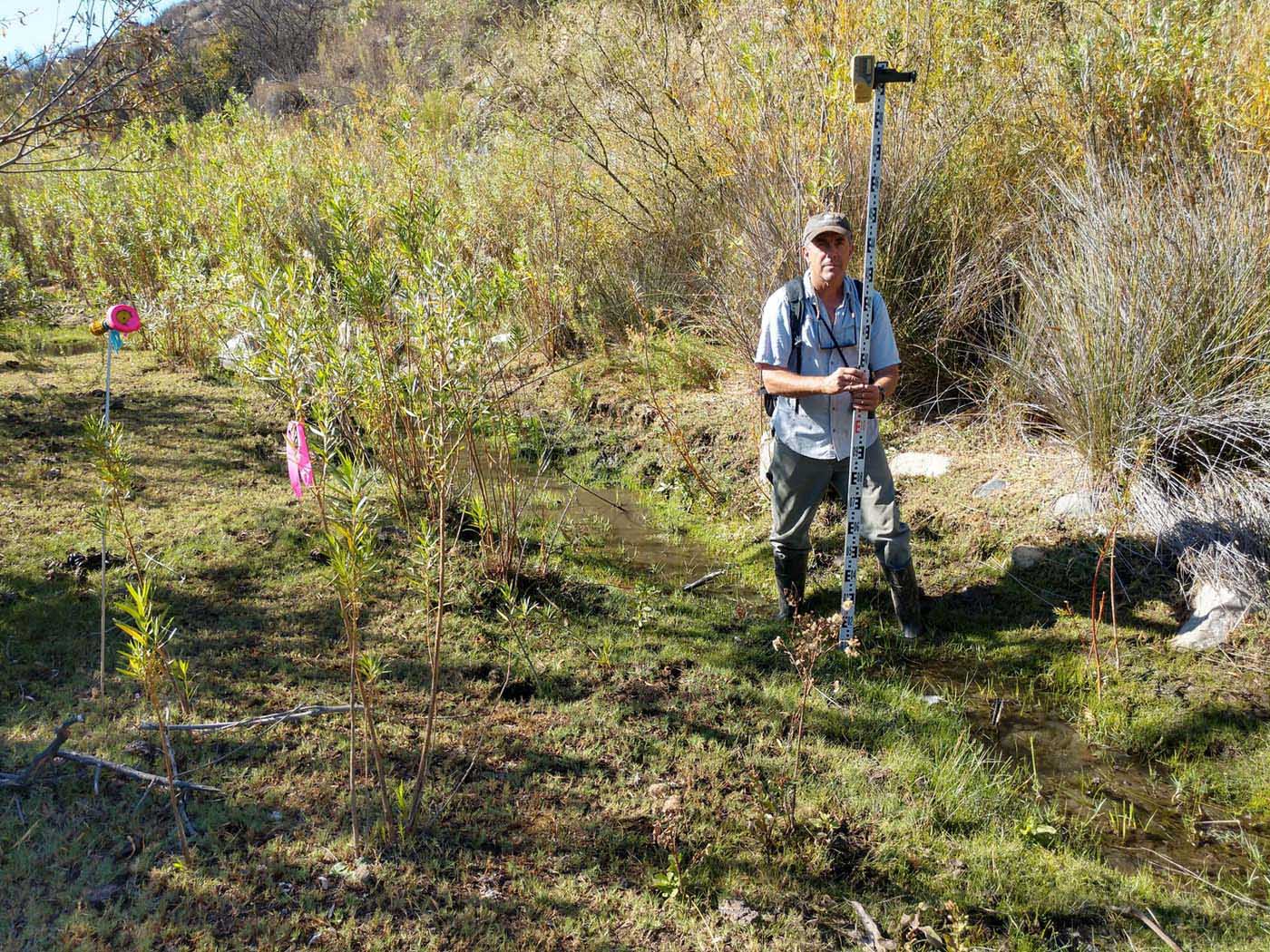
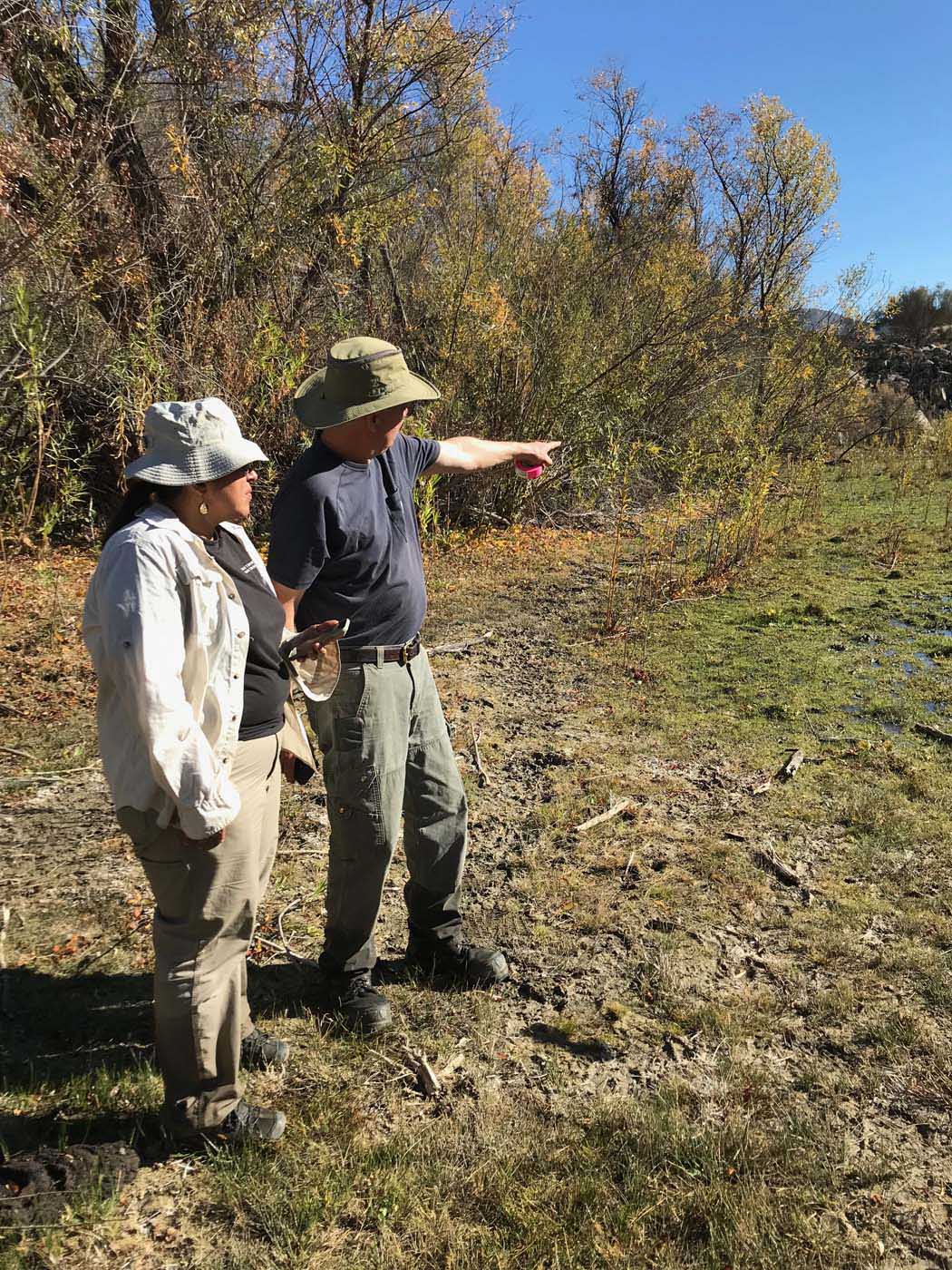
The Wetland At Cuatro Milpas Botanical Garden
“We just finished the pond at the Cuatro Milpas Botanical Garden (the first place we visited in Ensenada). We used the liner that SAVE THE FROGS! donated. I have say that it was a little scary as this was the first pond we have built with a liner. We read, memorized and had with us Tom’s book all the time to make sure we followed all the instructions. It was a lot of manual work as the hole was dug with a backhoe, but the dirt over it was done manually, and there were so many stones that it took us three days to finish. But it seems like it ended up well. We just need to add a log in the middle, a sign, and maybe a pretty wood fence. We are are happy that it seems to have worked out just fine, all thanks to you!!”
— Anny Peralta, March 1st, 2022
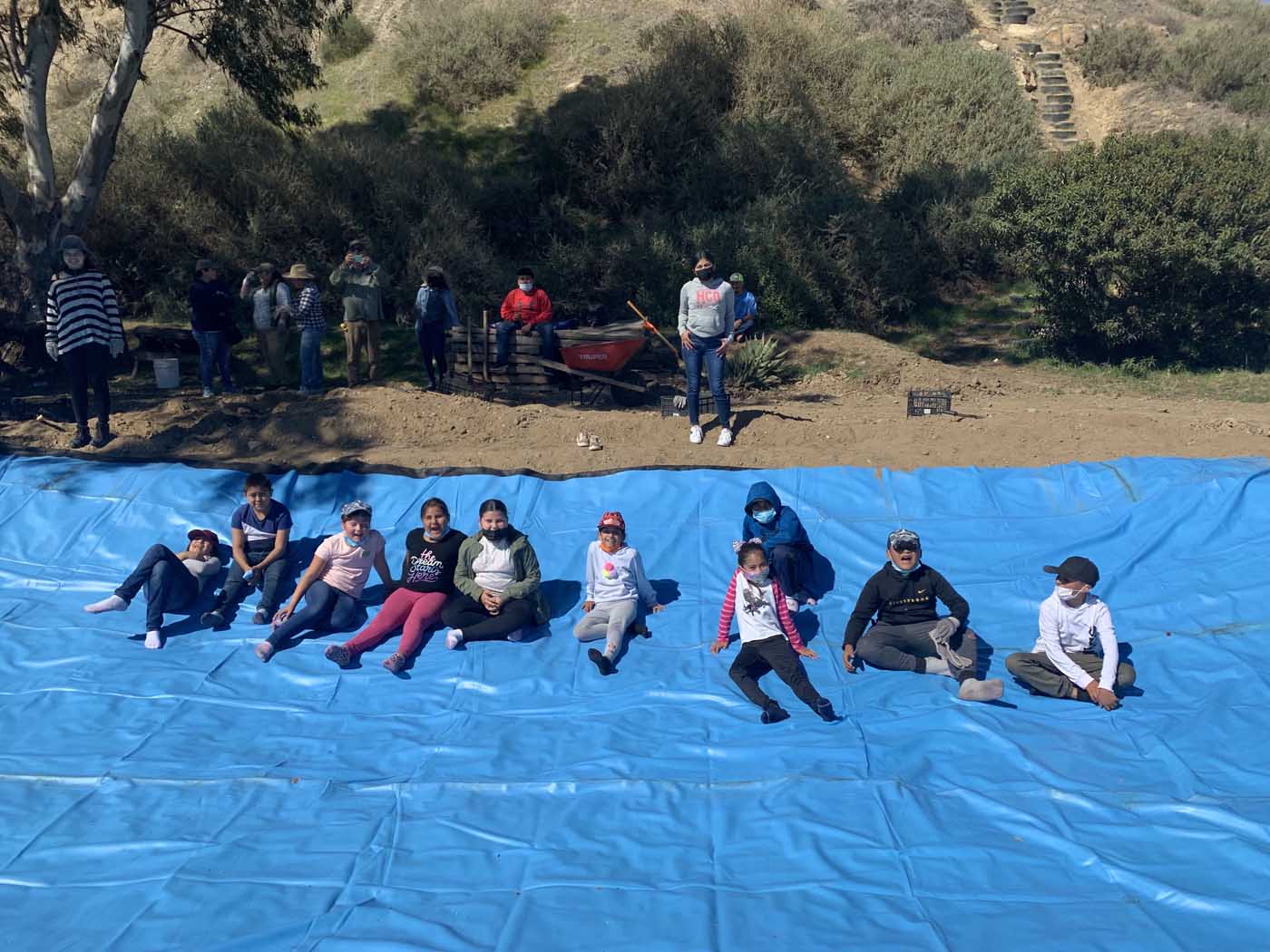

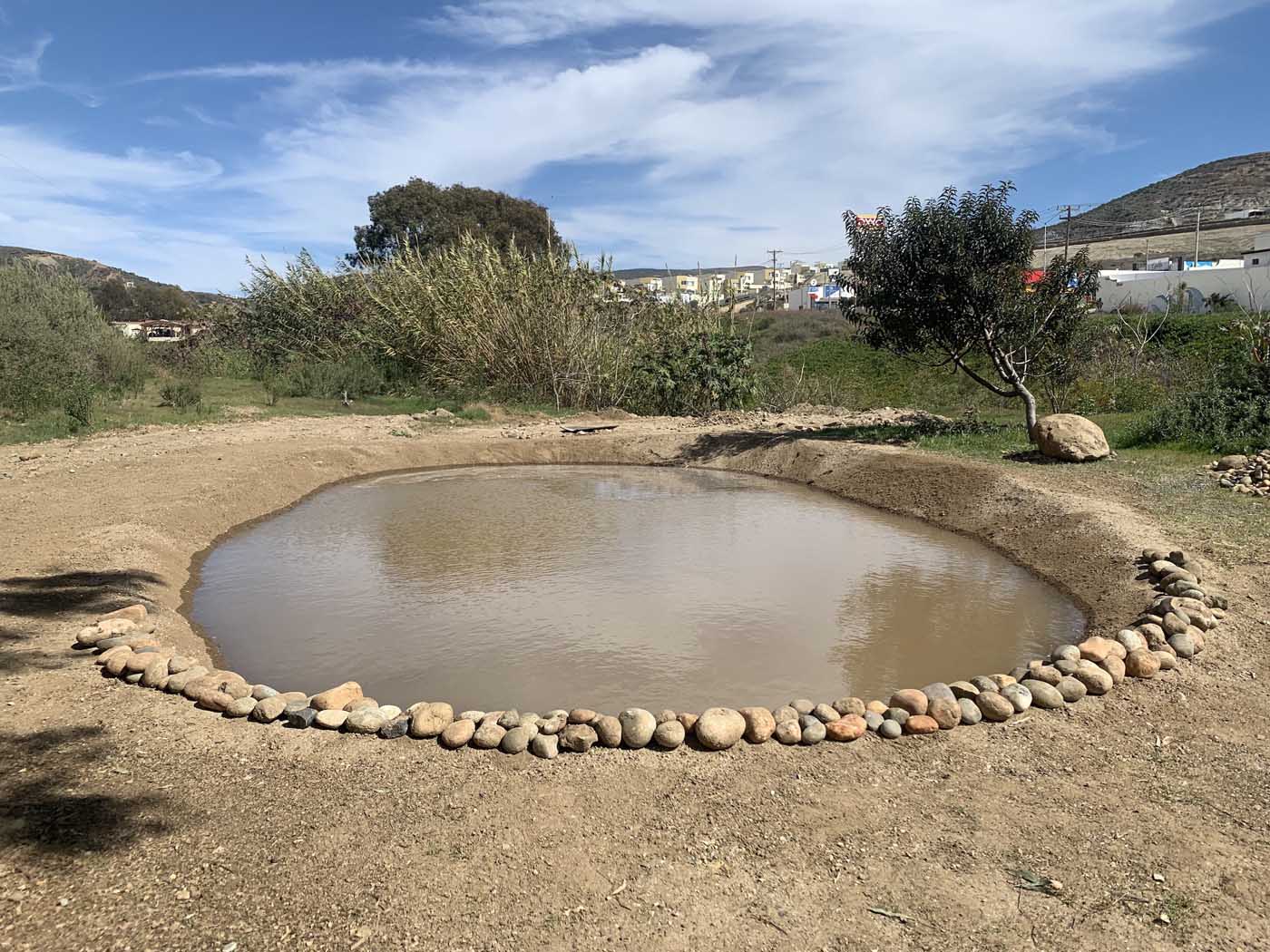

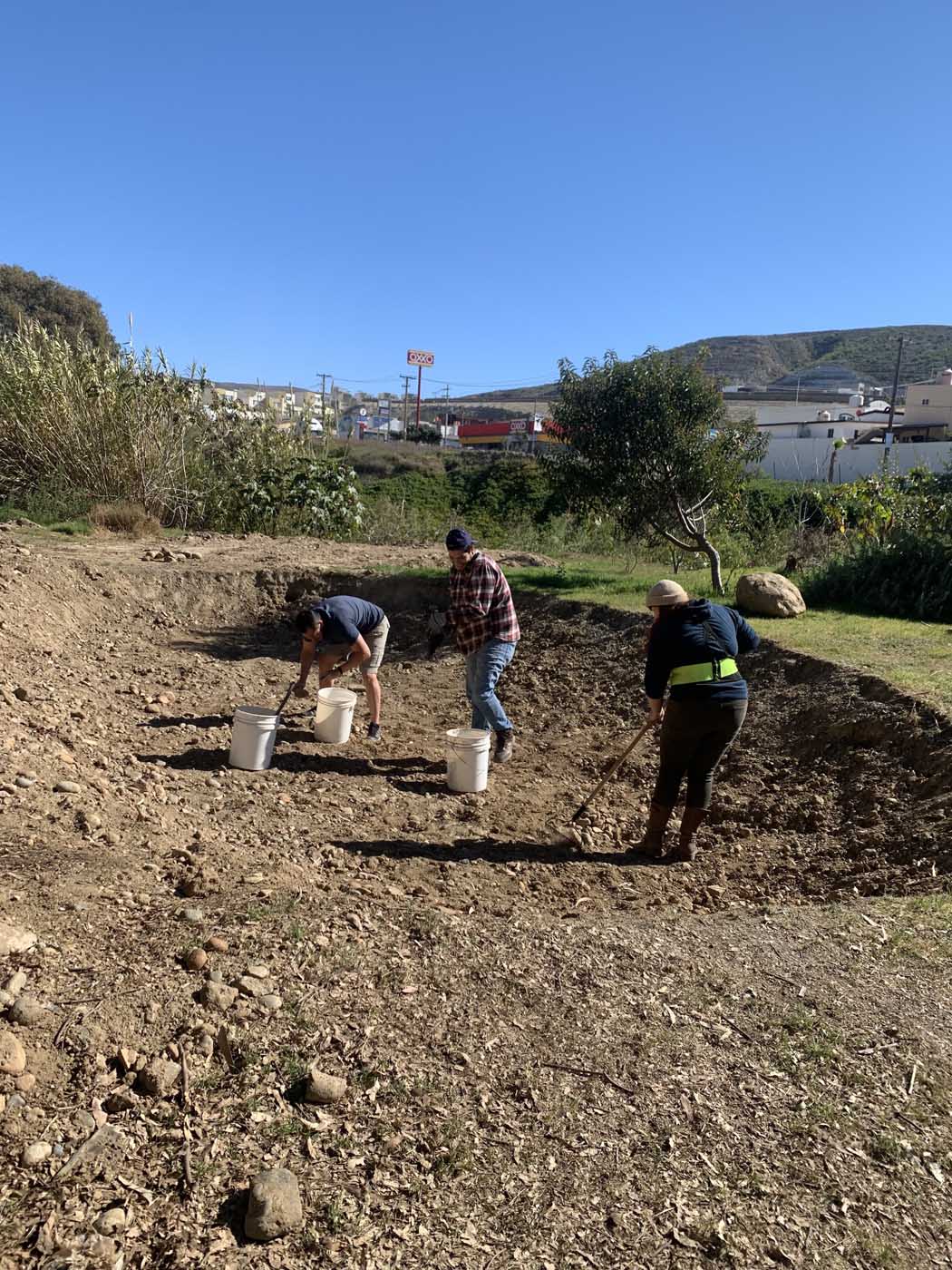
Baja California Wetland Restoration Project
A Project Summary by SAVE THE FROGS! Journalism Volunteer Logan Rance
Imagine waking up to news of a catastrophic event – one so destructive that it has left 70% of the United States completely uninhabitable. Travel to friends and family would be difficult, resources would quickly grow scarce, and populations would become isolated. Luckily for us, this scenario is hypothetical. Unfortunately, this is a fair representation of reality for the California Red-Legged Frog (Rana draytonii). This species has lost over 70% of its native range in California. In Baja California (Mexico) the numbers are even more dire: only 10 populations remain, with fewer than 50 frogs in each population. While circumstances seem grim for this species, a group of scientists and conservationists are giving frog enthusiasts a reason to be hopeful.
In a project financed by SAVE THE FROGS! and The San Diego Natural History Museum, researchers are planning to construct nine new wetlands in Baja California that will provide prime habitat for the California Red-Legged Frog. Heading this project are four highly qualified individuals: Dr. Anny Peralta and Jorge Valdez (Fauna del Noroeste A.C.), Thomas R. Biebighauser (Sheltowee Environmental Education Coalition) and Dan Taylor (Bat Conservation International). These wetlands have been carefully designed to stabilize current populations and promote the long term survival of this frog, as well as a variety of other wetland-dwelling creatures. As climate change alters weather patterns across the globe, wetlands in Mexico are drying up. Creating this habitat will inject new life into currently uninhabitable areas, giving California Red-Legged Frogs a fighting chance.
While wetland construction is not yet complete, the individuals leading this work are making big leaps forward. Among them is Dr. Anny Peralta, whose dedication and passion for amphibians have been essential to the project. After completing her Ph.D. research, Dr. Peralta founded the non-profit Fauna del Noroeste A.C., an NGO dedicated to the conservation of threatened flora and fauna in northeast Mexico. In 2018 Dr. Peralta and Jorge Valdez conducted a pilot project, building three wetlands on ranchland in Baja California. This set the course for the current project, and provided valuable insight on how to best build future wetlands suitable for the California Red-Legged Frogs.
Dr. Peralta has worked with amphibians since graduate school, and is well aware of the problems they face. “The biggest threats to the species in this area are the chytrid fungus, but there are other issues all coming together,” she said. These issues, including habitat loss and a severe decline in genetic diversity, could spell disaster for this species in Baja California. However, Dr. Peralta is hopeful that constructing new wetlands will make a difference.
One important factor that the project considers is the specific habitat requirements of the California Red-Legged Frog. “They can lay egg masses in a stream, but it has to be a very slow-moving stream. In one of the sites where we want to build habitat, there aren’t big ponds around. The frogs lay their egg masses in the nearby stream, but when heavy rain comes they get washed away. Last time this happened, 50% of the egg masses were lost,” explained Dr. Peralta. California Red-Legged Frogs like shallow pools in full sunlight, plenty of woody debris for hiding, and loose sediment for burrowing.
Tom Biebighauser, an expert in wetland construction and restoration, will train biological personnel in techniques specifically developed to create habitat for this species. These specially designed wetlands won’t only provide habitat for the California Red-Legged Frog. The Southwestern Pond Turtle (Actinemys pallida) and a variety of waterfowl will also benefit from the newly created habitat. According to Dan Taylor of Bat Conservation International, up to 12 species of bats will use the wetlands for foraging and drinking.
Construction is already underway. Dr. Peralta has reported that one of the pond habitats has successfully been constructed using a specialized procedure developed by Tom and a liner donated by SAVE THE FROGS!. There is plenty of work remaining, including fundraising efforts and constructing the rest of the wetlands. But under the leadership of dedicated professionals, this project offers a promising future to California Red-Legged Frogs in Baja California.
This project is a partnership between Bat Conservation International, Fauna del Noroeste A.C., SAVE THE FROGS!, Sheltowee Environmental Education Coalition, and Wetland Restoration and Training LLC.
Your generous donations to SAVE THE FROGS! make this and similar projects possible!

“Hola amigos de ranas! 😊 It was a fantastic field trip, and I feel fortunate to be able assist. Annie and Jorge were excellent leaders and Tom demonstrated why he is one of the top wetland restoration practitioners on the planet (he did pretty darn well with the comida picante too!). I look forward to continuing to assist the efforts, and a Prospero Ano (add the “enya”) Nuevo to all! Cheers!”
— Dan Taylor, Bat Conservation International


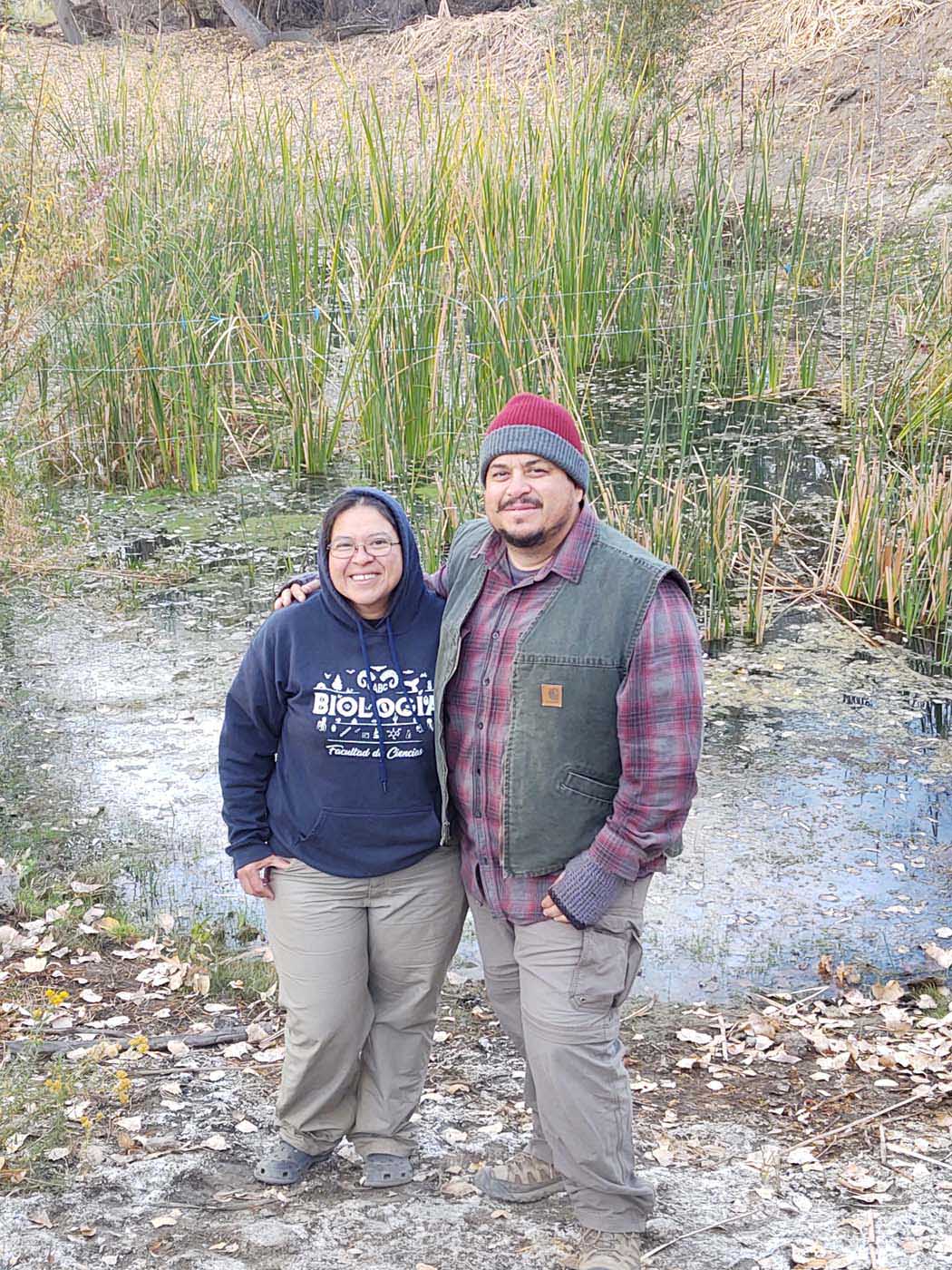

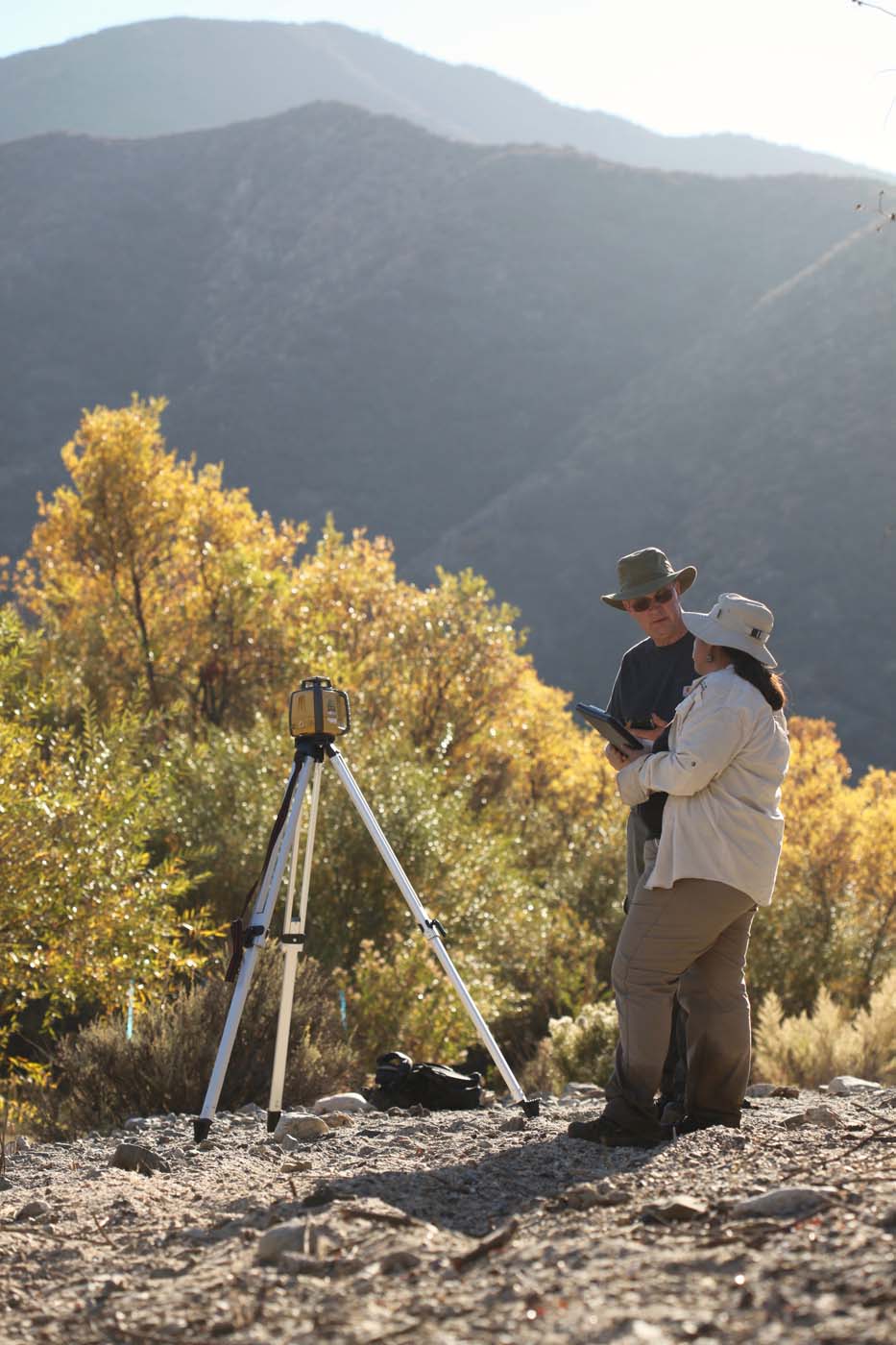
Activity Report From Fauna Del Noroeste
You can scroll through this six page PDF by placing the cursor over it, or you can download it!
Wetland-Design-Report-Mexico-Wetlands-December-2021-Design-Save-The-Frogs
Baja California Red-Legged Frog Wetland Restoration Project
Report from Tom Biebighauser, who has built and restored over 2,000 wetlands throughout North America. Tom will be on site full-time directing the construction of the wetlands. He will provide training to biological personnel and heavy equipment operators in the use of techniques he has developed over the past 43-years for restoring wetlands to provide habitat for the California Red-Legged Frog and other rare species in arid regions. Tom has designed and built over 50 wetlands in California to provide breeding habitat for the California Red-Legged Frogs.
We need your help financing the restoration of wetlands that can save the California red-legged frog (Rana draytonii) in Mexico and the United States. SAVE THE FROGS! and The San Diego Natural History Museum helped finance the design of nine-wetlands in Baja California, Mexico, to provide habitat for the California red-legged frog and the Southwestern Pond Turtle (Actinemys pallida). The wetland projects were designed in December 2021 by Dra. Anny Peralta (Fauna del Noroeste A.C.), Thomas R. Biebighauser (Sheltowee Environmental Education Coalition), Dan Taylor (Bat Conservation International), and Jorge Valdez (Fauna del Noroeste A.C.).
The California red-legged frog is the largest native frog in western North America and has lost over 70-percent of its range in California. In Baja California, they are confined to 10 sites with less than 50 individuals at each location, except for one site where conservation actions had been undertaken since 2018. With increasing threats to their survival, including habitat disturbance by livestock, exotic species, and chytridiomycosis, these populations might not hold on for much longer. Genetic analyses of these small populations also indicated lower genetic diversity values compared to similar California populations. The extreme isolation of remnant Baja California populations of Rana draytonii, along with the ongoing threats listed above, highlights the need for fast conservation actions. Based on the background information described above, and with the strong commitment of collaborators and supporters, we have developed a recovery plan that will stabilize existing population numbers and long-term recovery plans to reconnect their historical range. As a first step, we plan to stabilize populations by increasing the number of wetlands around existing populations and increasing connectivity to encourage genetic movement and population growth.
Building these wetlands will help the California red-legged frog survive climate change. There’s a real danger of losing the Mexican populations because there are only a few small wetlands present where the species is breeding, and these wetlands are going dry.
Six of the nine wetlands were designed at El Molino and El Potrero where there are current populations of the California red-legged frog. Two wetlands were designed at the last known site of the species in Baja California, and one site within the historical range, make it them ideal for reintroduction actions. The ranch owners have a sincere interest in helping the California red-legged frog. Dra. Peralta and Jorge Valdez have developed an excellent relationship with these landowners.
Eight of the nine wetlands would be built on large and level areas of ground where the flow from springs keeps the ground saturated year around. These wetlands would be restored in drainages where there is an abundance of healthy riparian habitat. These ranches are grazed by low numbers of cattle and there would be no conflict with California red-legged frog management as the ranches are not open to the public and are accessed by infrequently traveled dirt roads.
The wetlands would be built where the nonnative American bullfrog and large nonnative fish are not present. This is important because the American bullfrog and nonnative fish can limit populations of the California red-legged frog.
In 2018 and 2019 Dra. Peralta and Jorge Valdez built 3 medium size (~300 m2) wetlands for the California red-legged frog on the Rancho Meling and, two small ponds (~50 m2) at El Potrero Ranch. The California red-legged frog is successfully breeding at Rancho Meling constructed wetlands. The El Potrero ponds should be made larger. The wetlands designed for this project would be built much larger and deeper, and would contain features such as shallow water bays, woody debris, loafing logs, pits, and mounds for improved habitat.
The California red-legged frog is in danger of extinction in Mexico and the United States. Building these wetlands will help recover populations of the California red-legged frog across Southern California and in Mexico. This is because there are two genotypes of the California red-legged frog in California, the Northern and the Southern. The Southern genotype has been extirpated from California. Fortunately, the Southern genotype is still present in Baja California, Mexico. Building the designed wetlands will increase populations of the Southern genotype in Mexico. Successful conservation actions at Rancho Meling, had led to collaborative efforts to reintroduce the southern genotype to extirpated areas in southern California. This population can also serve as a donor for reintroduction into extirpated areas in Baja California, however, other genetics populations as the one from El Potrero, need to be restored, to increase genetic diversity in reintroduced populations, and allow higher survival rates.
Building wetlands at El Potrero, and Agua Caliente ranches would also greatly improve habitat for the southwestern Pond Turtle. This species has been petitioned to be threatened under the Mexican threatened species list, and is a species of concern in California. The population of this species at El Potrero and Agua Caliente are considered to be low in numbers, probably due to the lack of habitat (large ponds). The restored wetlands would go a long way in increasing the existing low populations of the Southwestern Pond Turtle that are found on these ranches.
Naturally appearing and functioning wetlands that contain water year-round would be built so they do not require maintenance. No dams, berms, dikes, levees, diversions, wells, pumps, or water control structures will be used. The wetlands will be built so they would not be damaged by flooding, livestock, or humans.
The wetlands will be built with the following features to provide habitat for frogs, turtles, waterfowl, and a diversity of wildlife species:
California Red-Legged Frogs
The wetlands will be built in watersheds that have no large fish or the American bullfrog. Shallow water areas will be shaped in full-sunlight for egg hatching and larval development. Large woody debris and branches will be placed in and around the wetlands for hiding cover. Compacted soils will be loosened for burrowing. A diversity of native plants will be seeded and planted. The wetlands will be distant from roads within a large area not open to the public. The area is not being used for recreation by off road vehicles which means there is little risk of amphibians being crushed by motor vehicles.
Southwestern Pond Turtles (Actinemys pallida)
A diversity of wetlands will be built. Ridges of sand will be formed on higher ground in full sunlight to create nesting sites. Large logs will be placed in the wetlands for basking. Large woody debris and branches will be placed in and around the wetlands for hiding cover. Compacted soils will be loosened for burrowing and for egg laying. A diversity of native plants will be seeded and planted. The wetlands will be distant from roads in an area not open to the public. The wetlands will be built in a watershed that has no large fish or American bullfrogs that eat turtle hatchlings and compete with turtles for food.
Waterfowl
The wetlands will be built so they contain a diversity of water depths, slopes, and plant species. This will be done by making dips, pits, mounds, pools, ridges, points, and peninsulas in the wetland basins. Compacted soils will be loosened to facilitate invertebrate and plant colonization. The wetlands will be built in a watershed that has no fish or American bullfrogs that eat ducklings and compete for waterfowl for food. A diversity of flowering plants used by pollinators will be sown on the soils removed from building the wetlands. These areas will provide waterfowl with nesting habitat.
Bats
Up to 12 species of bats will use the new wetlands for drinking and foraging. The center of each wetland will be made deep so that cattails will not cover the surface. The open water areas will be of great importance to bats for drinking. A diversity of flowering plants used by pollinators will be sown on the soils removed from building the wetlands. The moths attracted to these plants at night will provide food for bats.
We greatly appreciate your help funding one or more of these wetlands to be built in Mexico to help save the California Red-Legged Frogs!


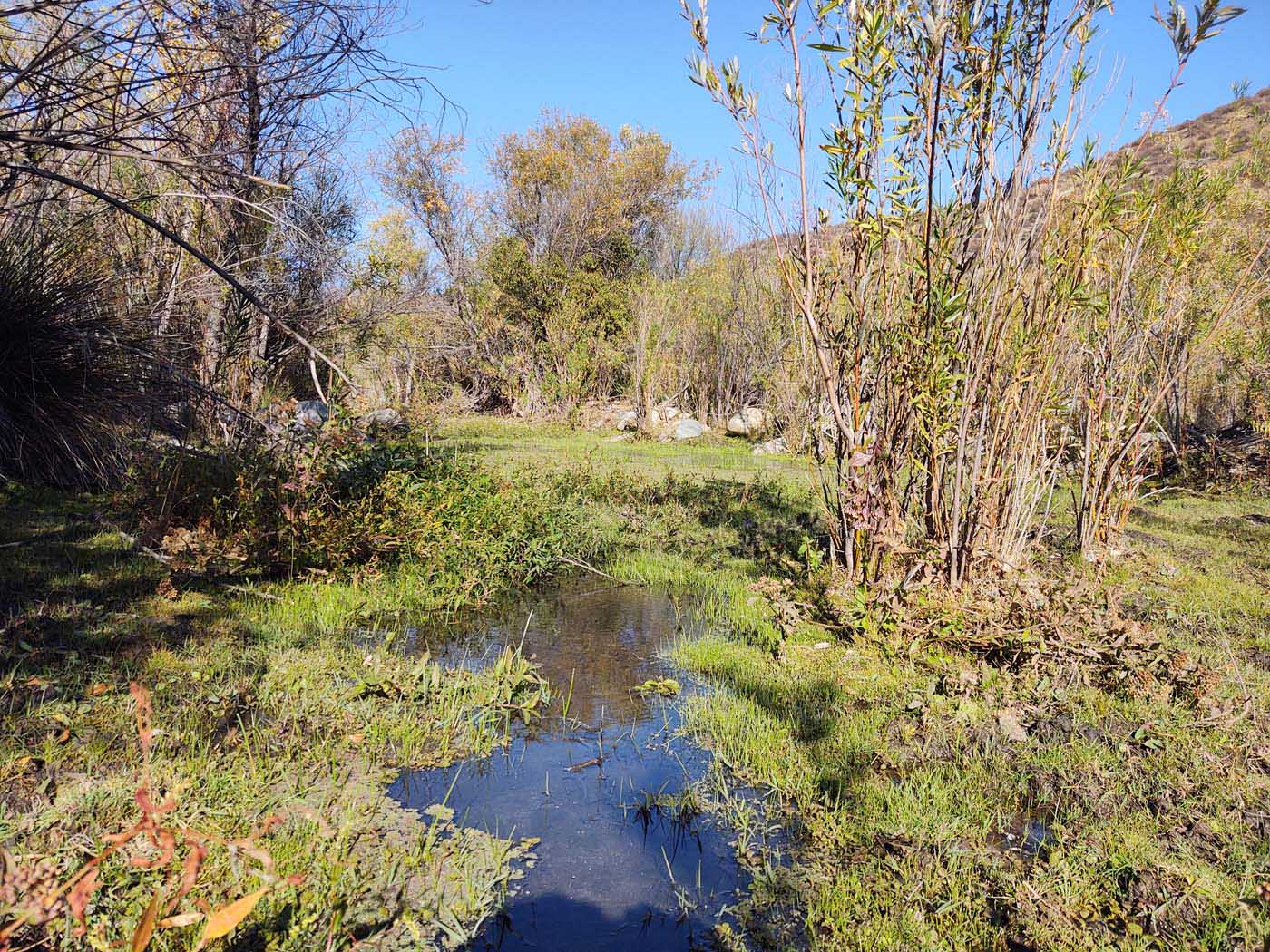
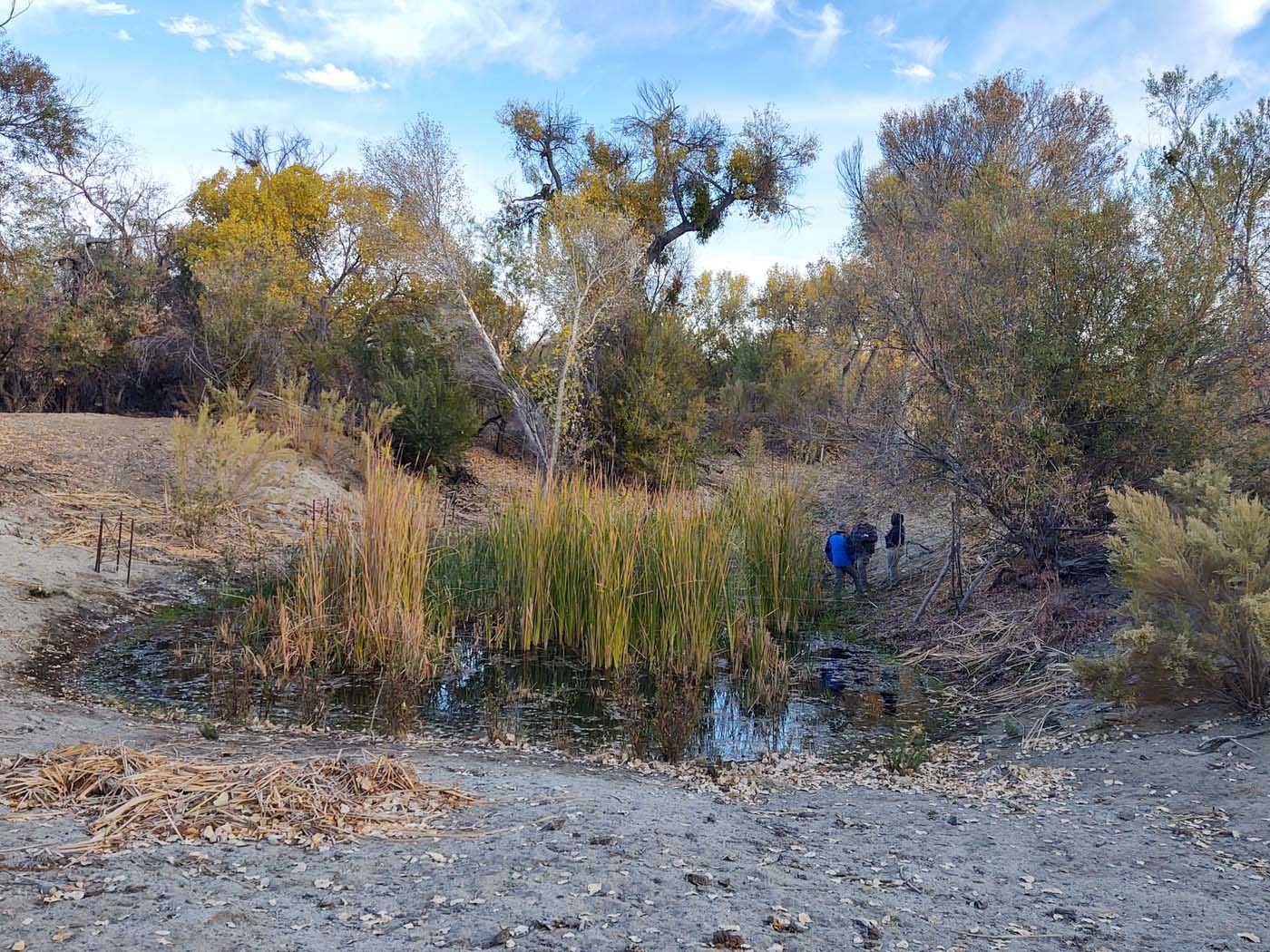
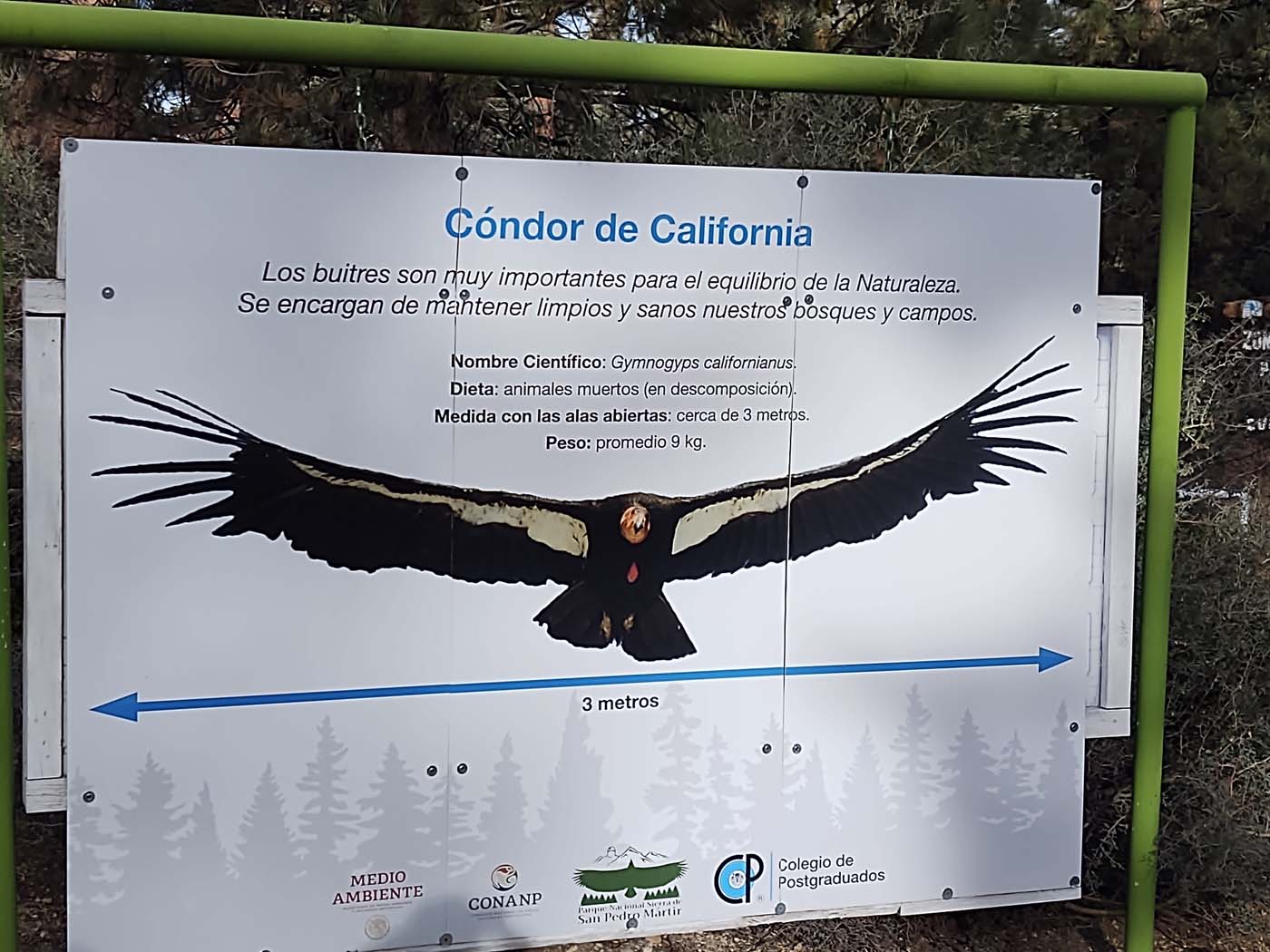
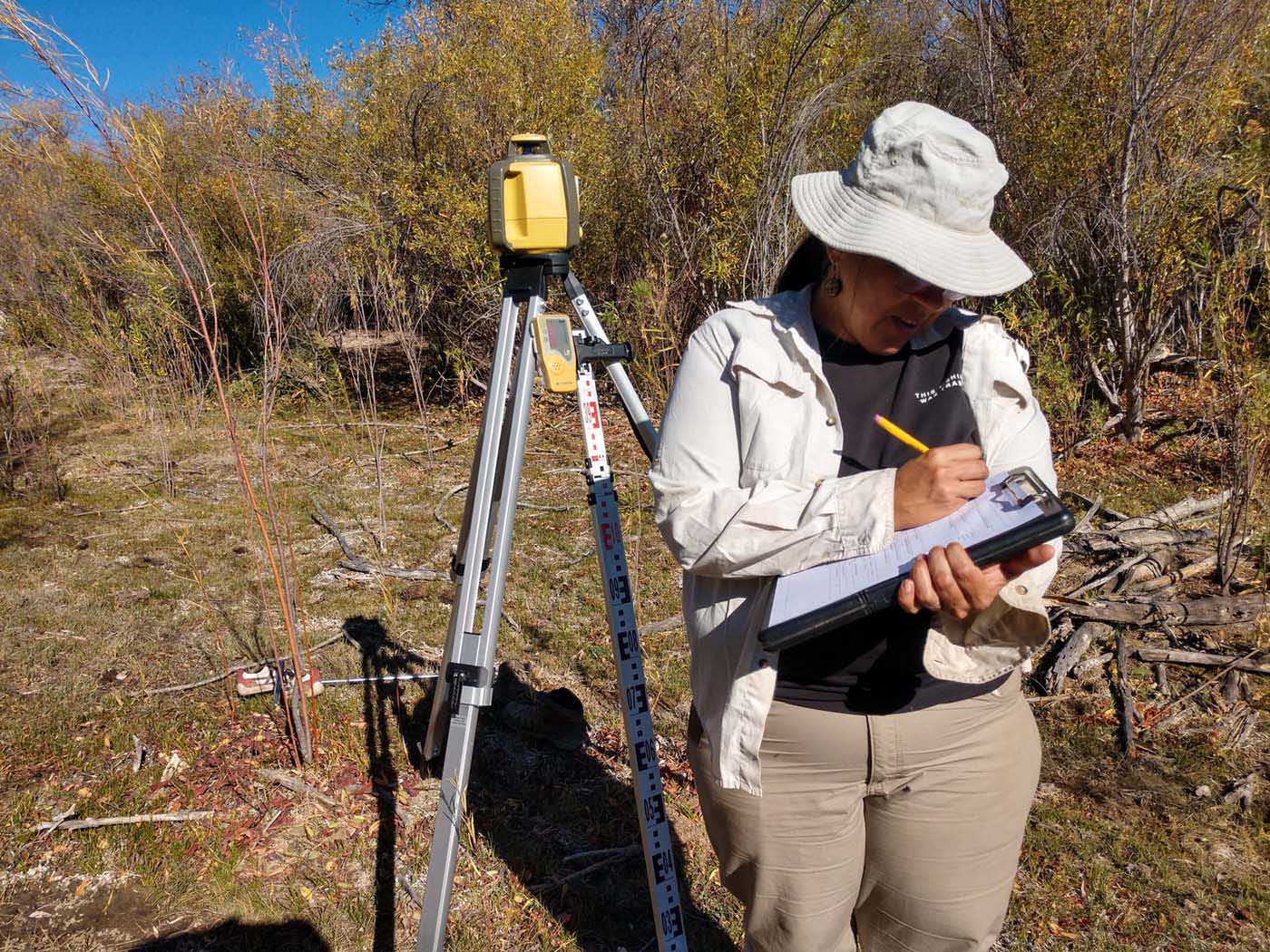


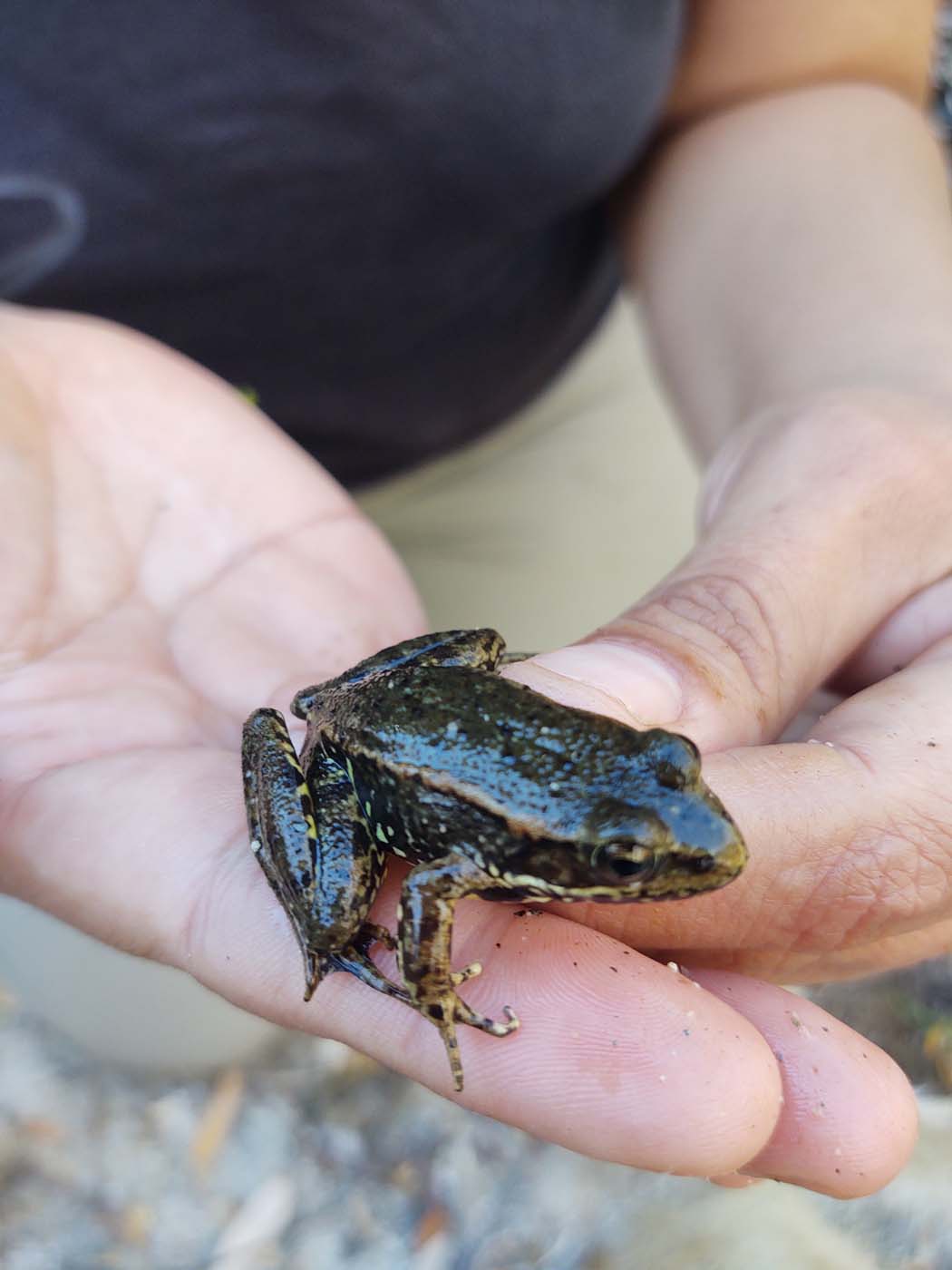

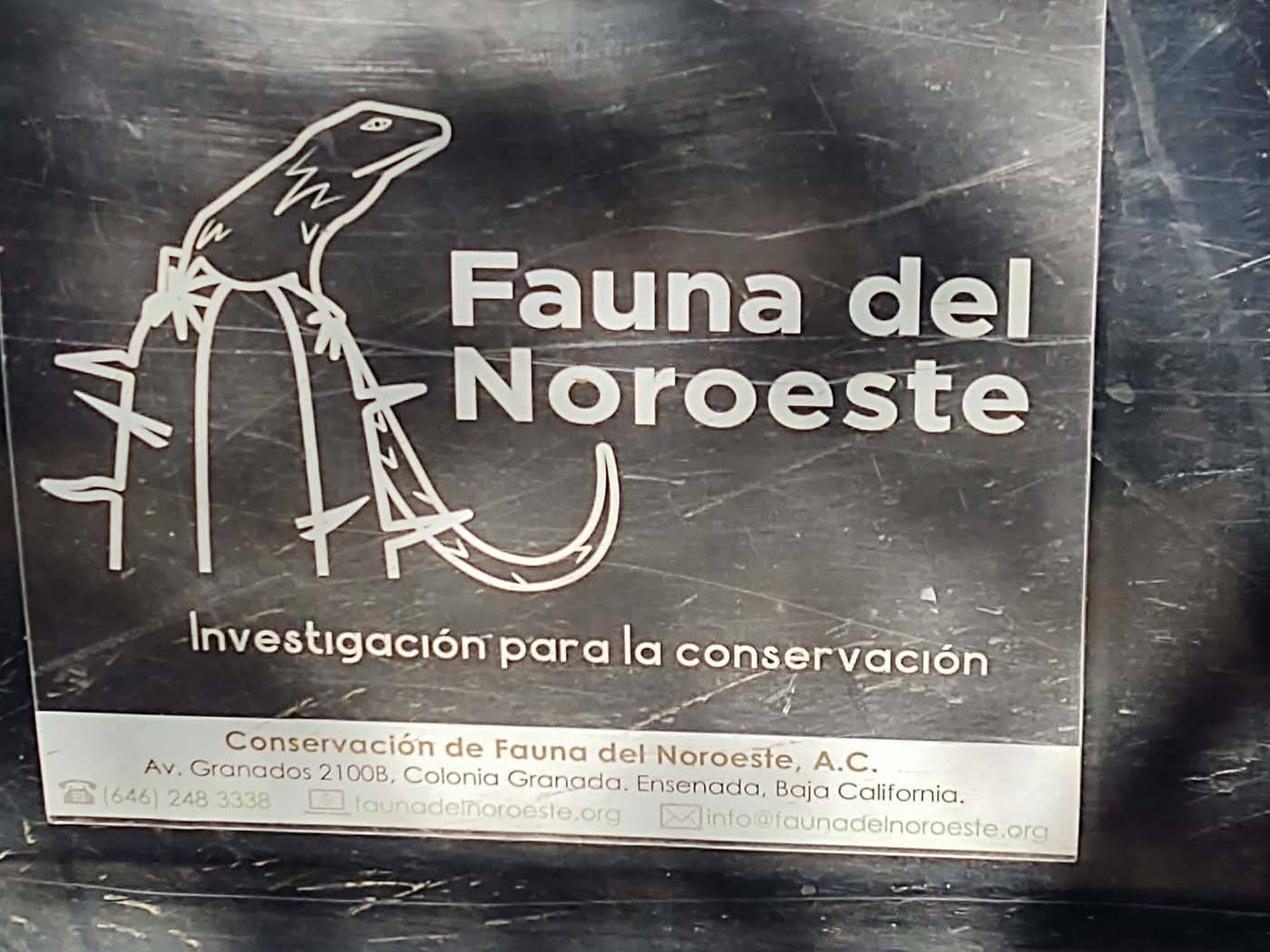
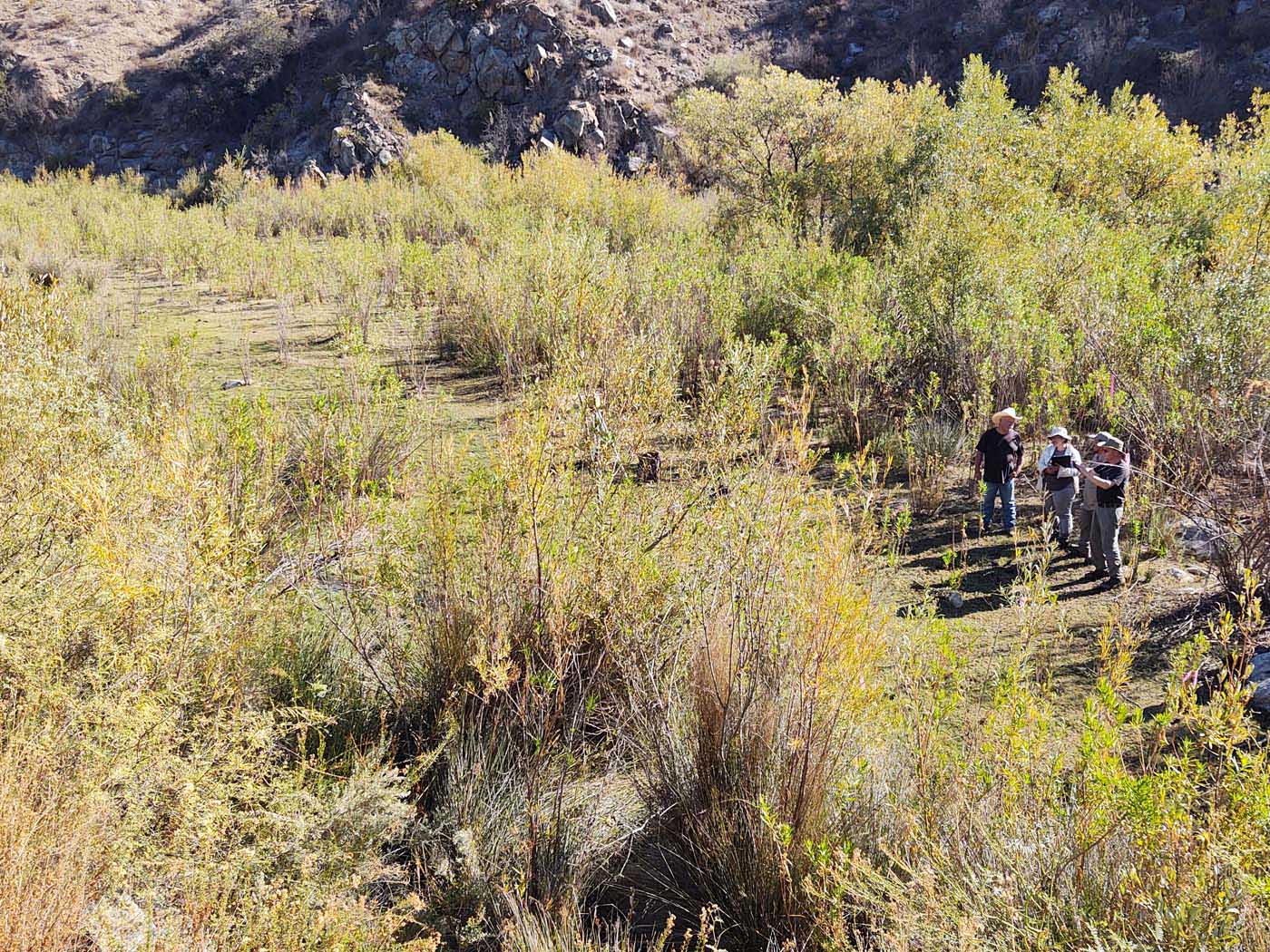
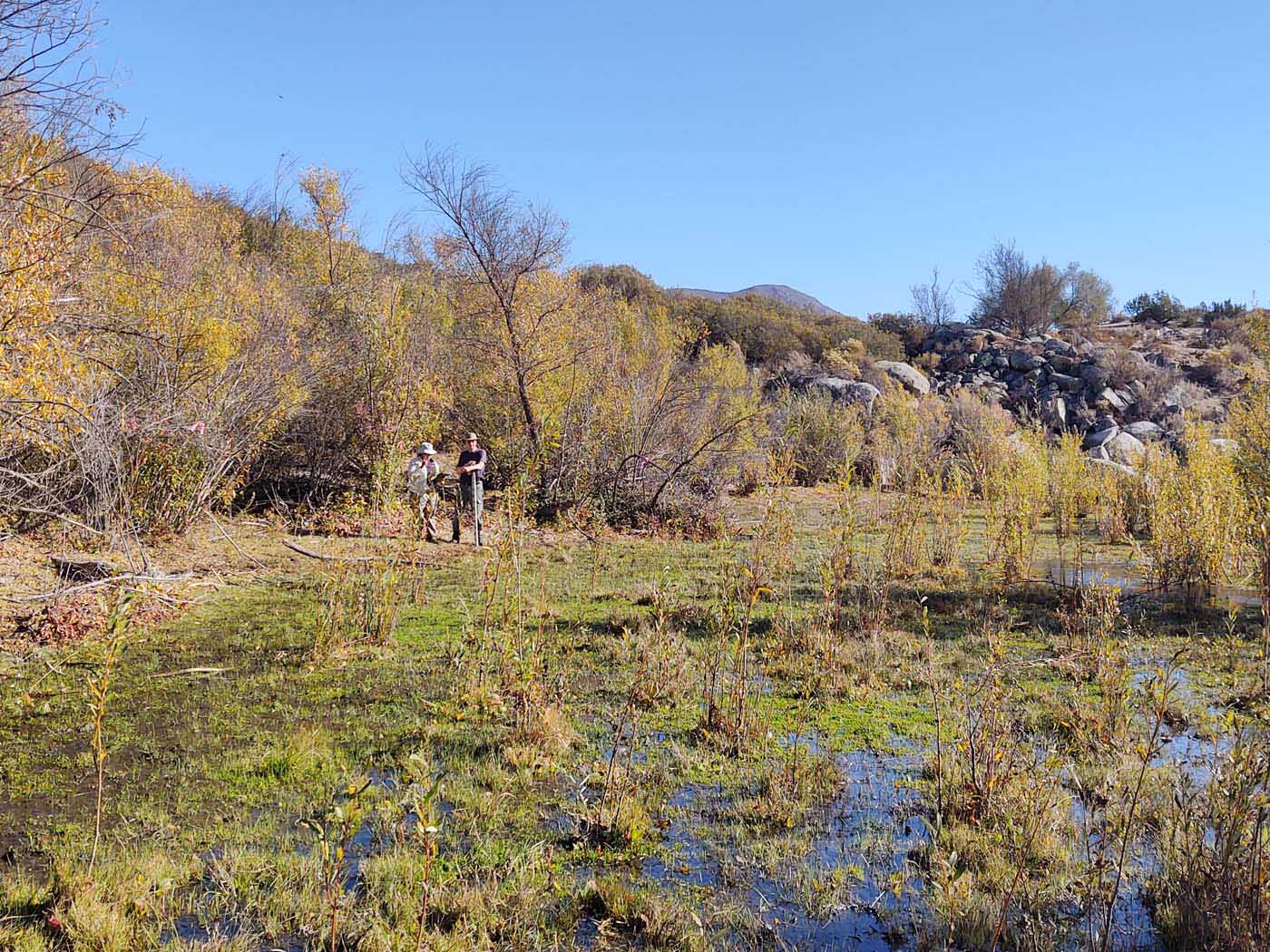

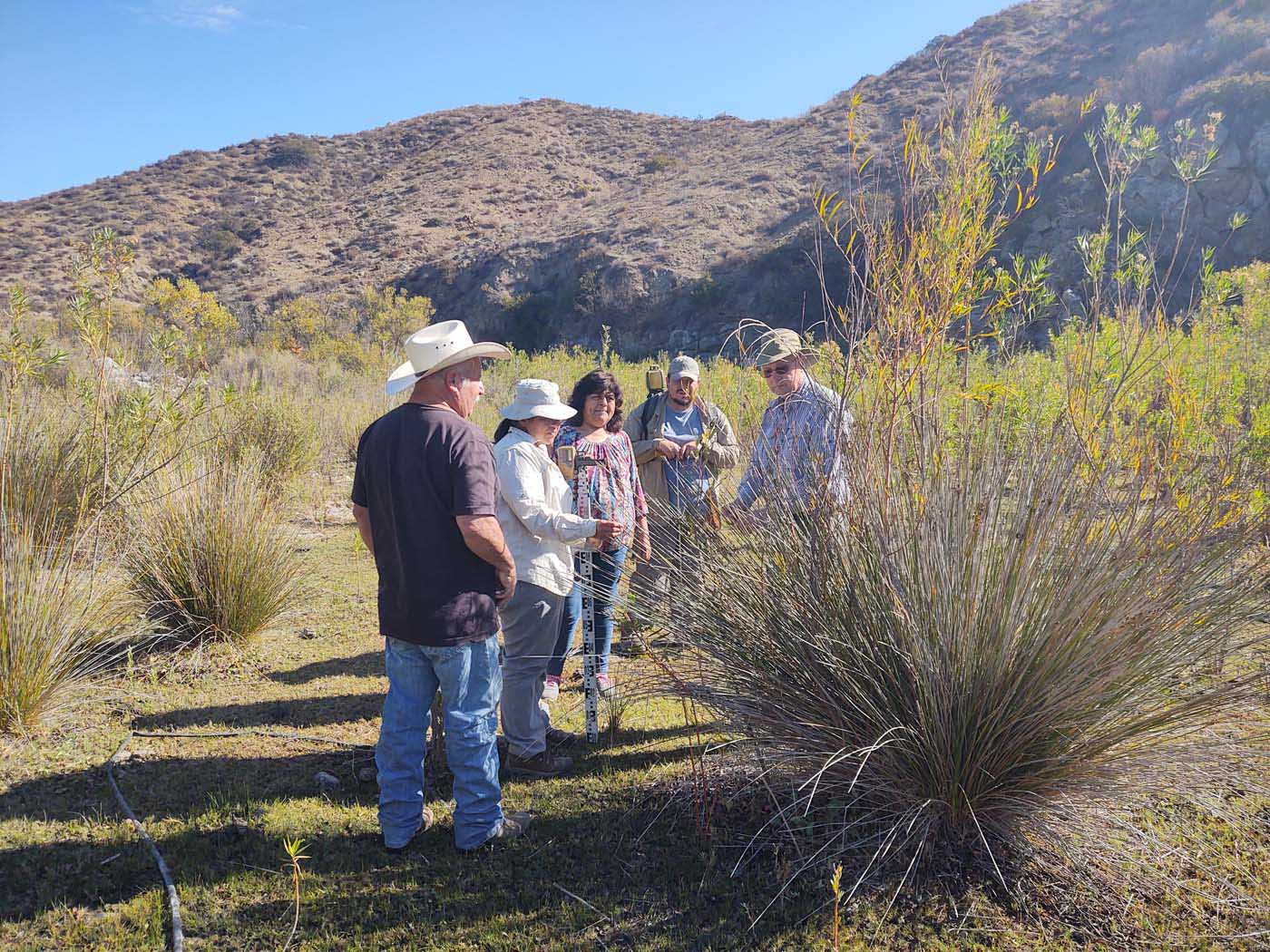
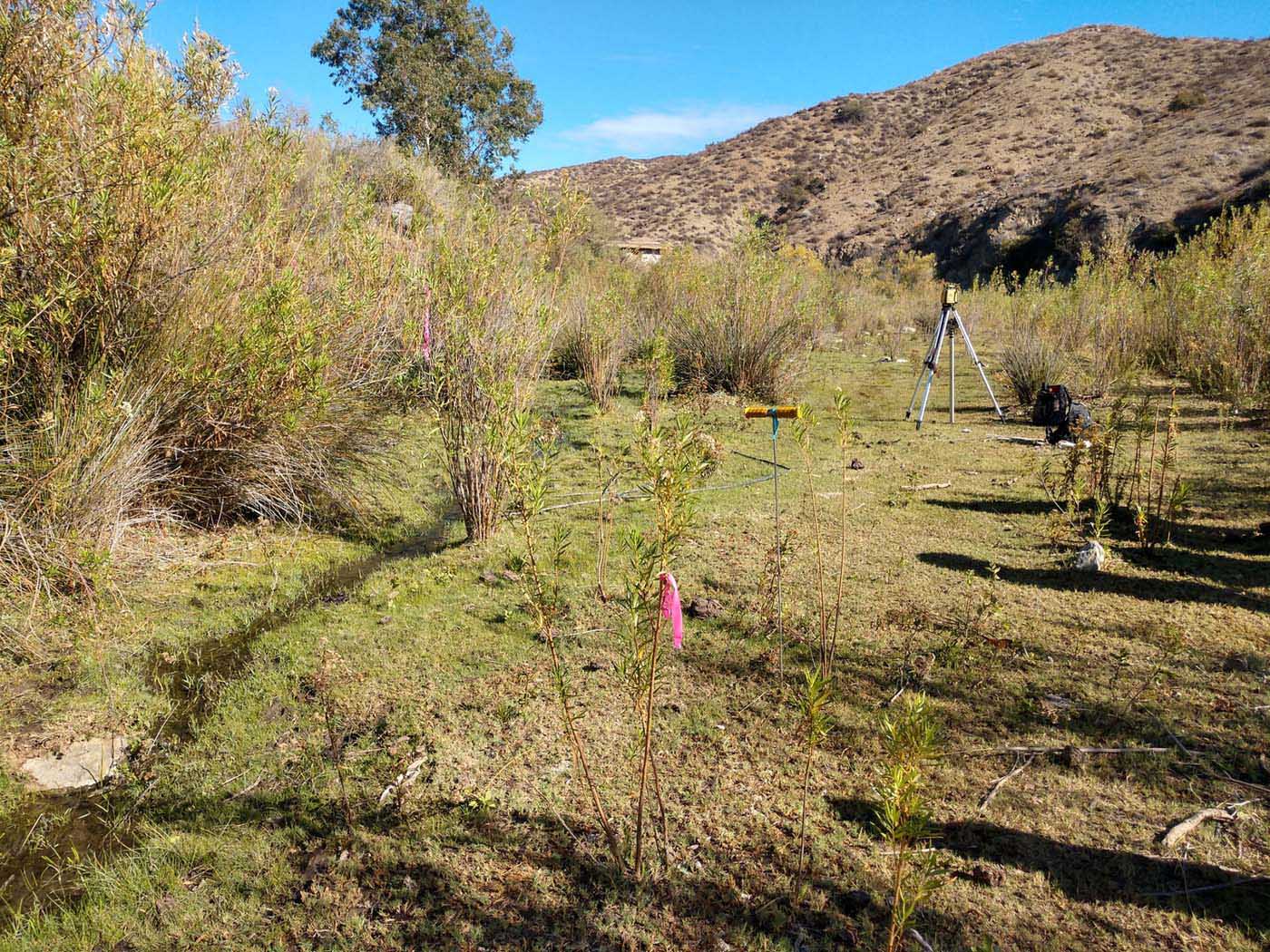
Followup From Tom Biebighauser (December 2021)
“Hi Kerry,
We had a very successful trip to Baja California designing wetland projects for the California red-legged frog and the Western Pond Turtle with Anny Peralta, Jorge Valdez, Dan Taylor, and myself. We designed 14 wetlands!
I was very impressed with Anny and Jorge. Our trip was well organized and productive. They are extremely dedicated and have great knowledge of rare species and their habitat needs. We were shown excellent locations for building wetlands in the desert. It was wonderful to see the strong and positive relationships they have formed with landowners who share their interest in helping the California red-legged frog. I’m ready to do everything possible to help them secure funding for building the wetlands we designed.
I’m now working to prepare written designs and estimates for building each wetland. I’ll share these with our team once they are finished. I greatly appreciate SAVE THE FROGS! supporting this program.
I suggest having a Zoom meeting the first week of January to discuss how we can move forward with these projects!”
